Schnellfilter:
Endemisch in kuba Stockfotos & Bilder
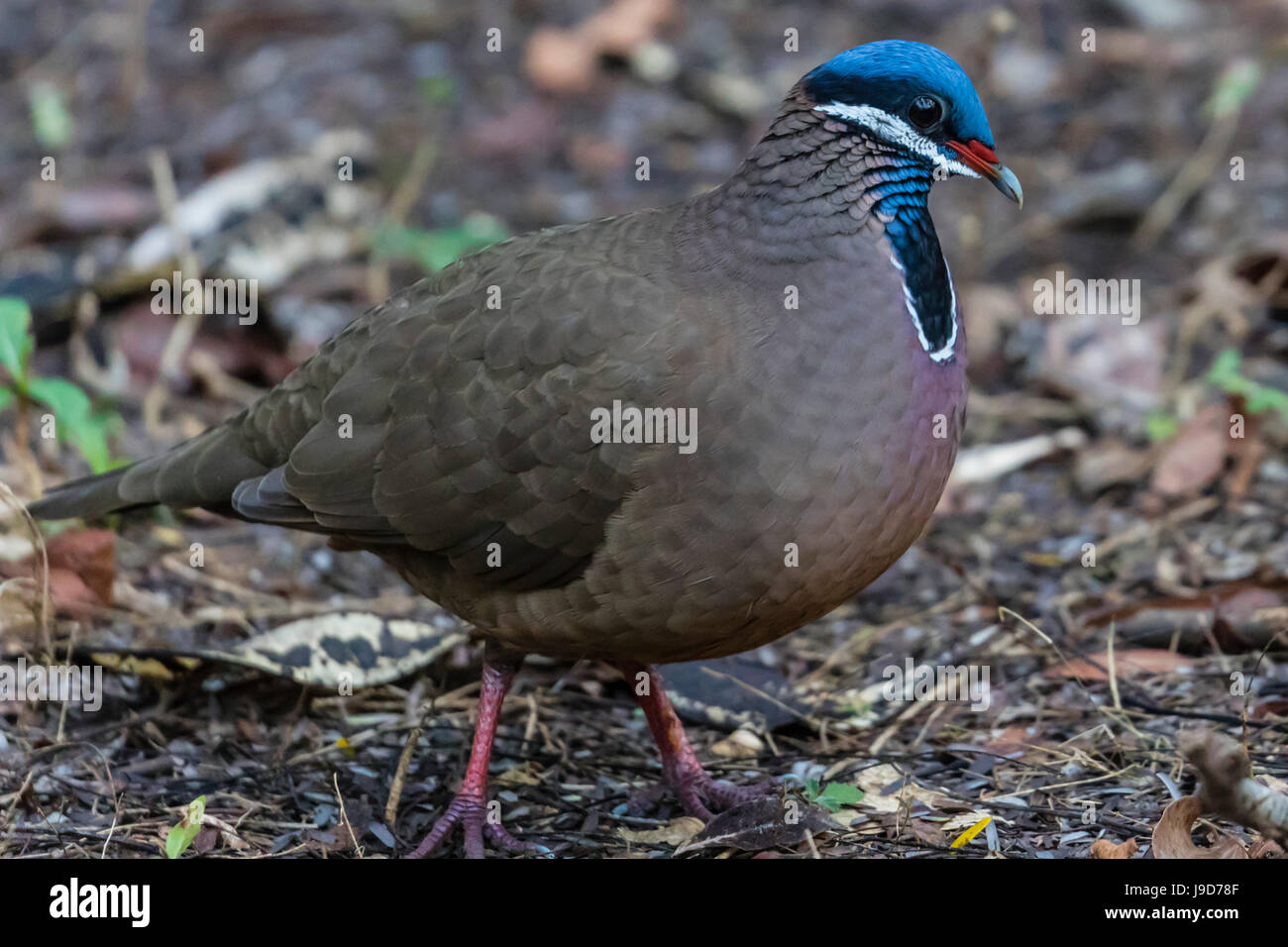 Eine Erwachsene unter der Leitung von blau Wachtel-Taube (Starnoenas Cyanocephala), Zapata Nationalpark, endemisch auf Kuba, Kuba, West Indies, Karibik Stockfotohttps://www.alamy.de/image-license-details/?v=1https://www.alamy.de/stockfoto-eine-erwachsene-unter-der-leitung-von-blau-wachtel-taube-starnoenas-cyanocephala-zapata-nationalpark-endemisch-auf-kuba-kuba-west-indies-karibik-143505951.html
Eine Erwachsene unter der Leitung von blau Wachtel-Taube (Starnoenas Cyanocephala), Zapata Nationalpark, endemisch auf Kuba, Kuba, West Indies, Karibik Stockfotohttps://www.alamy.de/image-license-details/?v=1https://www.alamy.de/stockfoto-eine-erwachsene-unter-der-leitung-von-blau-wachtel-taube-starnoenas-cyanocephala-zapata-nationalpark-endemisch-auf-kuba-kuba-west-indies-karibik-143505951.htmlRFJ9D78F–Eine Erwachsene unter der Leitung von blau Wachtel-Taube (Starnoenas Cyanocephala), Zapata Nationalpark, endemisch auf Kuba, Kuba, West Indies, Karibik
 Captive kubanische Krokodil, Crocodylus rhombifer, ist eine kleine Art von Krokodil endemisch auf Kuba Stockfotohttps://www.alamy.de/image-license-details/?v=1https://www.alamy.de/captive-kubanische-krokodil-crocodylus-rhombifer-ist-eine-kleine-art-von-krokodil-endemisch-auf-kuba-image210677483.html
Captive kubanische Krokodil, Crocodylus rhombifer, ist eine kleine Art von Krokodil endemisch auf Kuba Stockfotohttps://www.alamy.de/image-license-details/?v=1https://www.alamy.de/captive-kubanische-krokodil-crocodylus-rhombifer-ist-eine-kleine-art-von-krokodil-endemisch-auf-kuba-image210677483.htmlRMP6N57R–Captive kubanische Krokodil, Crocodylus rhombifer, ist eine kleine Art von Krokodil endemisch auf Kuba
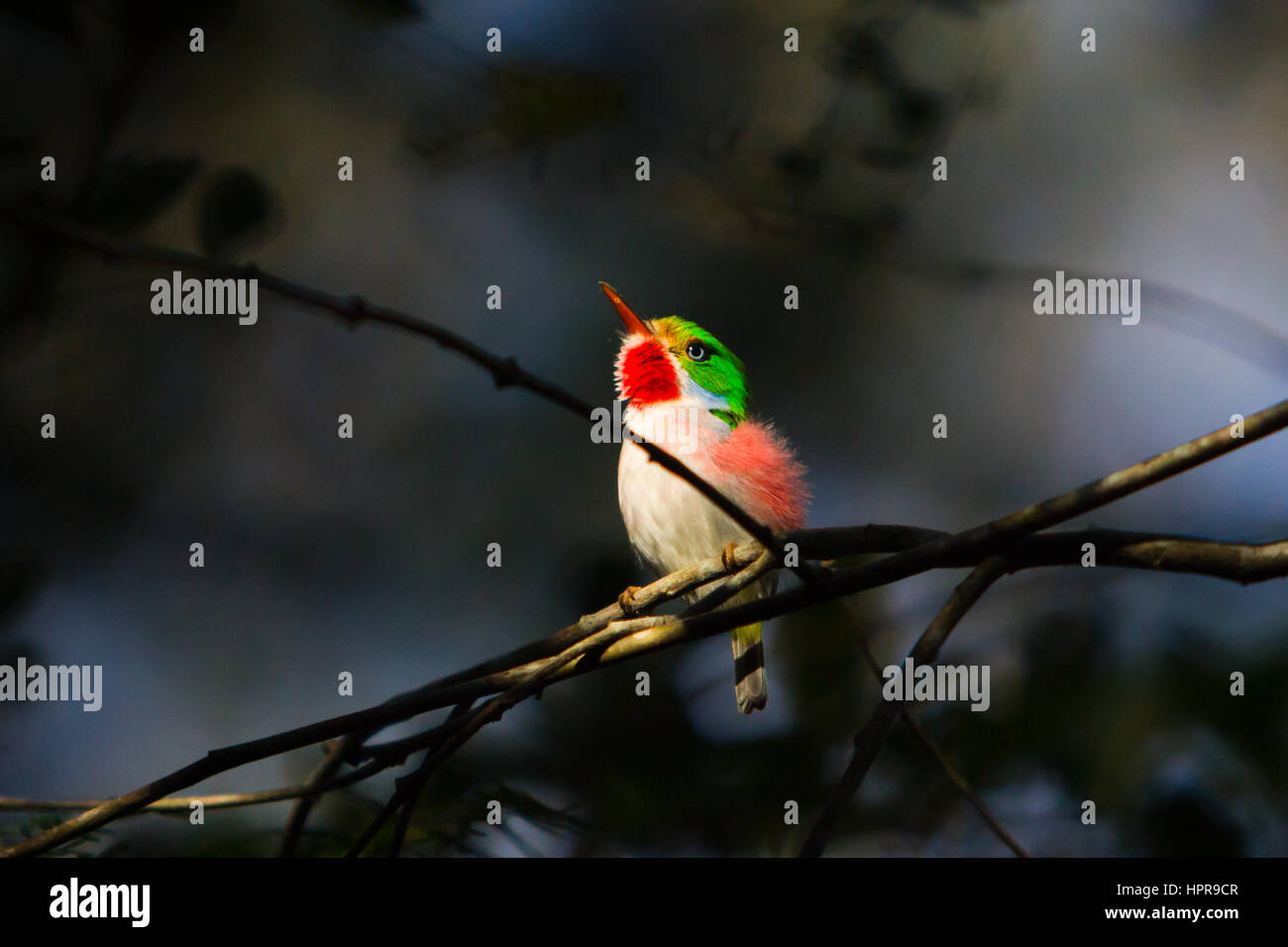 Eine Biene Kolibri, kleinsten Vogel der Welt, endemisch auf Kuba Stockfotohttps://www.alamy.de/image-license-details/?v=1https://www.alamy.de/stockfoto-eine-biene-kolibri-kleinsten-vogel-der-welt-endemisch-auf-kuba-134507319.html
Eine Biene Kolibri, kleinsten Vogel der Welt, endemisch auf Kuba Stockfotohttps://www.alamy.de/image-license-details/?v=1https://www.alamy.de/stockfoto-eine-biene-kolibri-kleinsten-vogel-der-welt-endemisch-auf-kuba-134507319.htmlRMHPR9CR–Eine Biene Kolibri, kleinsten Vogel der Welt, endemisch auf Kuba
 Kubanische Parakeet (Psittacara euops) Fütterung auf guacimas Baum (Guazuma ulmifolia) Bermejas, Kuba, Gefährdete, Endemische Stockfotohttps://www.alamy.de/image-license-details/?v=1https://www.alamy.de/kubanische-parakeet-psittacara-euops-futterung-auf-guacimas-baum-guazuma-ulmifolia-bermejas-kuba-gefahrdete-endemische-image186878987.html
Kubanische Parakeet (Psittacara euops) Fütterung auf guacimas Baum (Guazuma ulmifolia) Bermejas, Kuba, Gefährdete, Endemische Stockfotohttps://www.alamy.de/image-license-details/?v=1https://www.alamy.de/kubanische-parakeet-psittacara-euops-futterung-auf-guacimas-baum-guazuma-ulmifolia-bermejas-kuba-gefahrdete-endemische-image186878987.htmlRMMT121F–Kubanische Parakeet (Psittacara euops) Fütterung auf guacimas Baum (Guazuma ulmifolia) Bermejas, Kuba, Gefährdete, Endemische
 Kubanische Boa (Epicrates Angulifer). Endemisch in Kuba. Größte wachsende Arten von Schlangen in Westindien. Potenziell gefährdet. Stockfotohttps://www.alamy.de/image-license-details/?v=1https://www.alamy.de/stockfoto-kubanische-boa-epicrates-angulifer-endemisch-in-kuba-grosste-wachsende-arten-von-schlangen-in-westindien-potenziell-gefahrdet-87618338.html
Kubanische Boa (Epicrates Angulifer). Endemisch in Kuba. Größte wachsende Arten von Schlangen in Westindien. Potenziell gefährdet. Stockfotohttps://www.alamy.de/image-license-details/?v=1https://www.alamy.de/stockfoto-kubanische-boa-epicrates-angulifer-endemisch-in-kuba-grosste-wachsende-arten-von-schlangen-in-westindien-potenziell-gefahrdet-87618338.htmlRMF2FA2A–Kubanische Boa (Epicrates Angulifer). Endemisch in Kuba. Größte wachsende Arten von Schlangen in Westindien. Potenziell gefährdet.
 Oriente Warbler (Teretistris fornsi) ist eine von zwei Vogelarten der kubanischen Warbler-Familie Teretistridae. Sie ist endemisch in Kuba Stockfotohttps://www.alamy.de/image-license-details/?v=1https://www.alamy.de/oriente-warbler-teretistris-fornsi-ist-eine-von-zwei-vogelarten-der-kubanischen-warbler-familie-teretistridae-sie-ist-endemisch-in-kuba-image568835412.html
Oriente Warbler (Teretistris fornsi) ist eine von zwei Vogelarten der kubanischen Warbler-Familie Teretistridae. Sie ist endemisch in Kuba Stockfotohttps://www.alamy.de/image-license-details/?v=1https://www.alamy.de/oriente-warbler-teretistris-fornsi-ist-eine-von-zwei-vogelarten-der-kubanischen-warbler-familie-teretistridae-sie-ist-endemisch-in-kuba-image568835412.htmlRF2T1CKAC–Oriente Warbler (Teretistris fornsi) ist eine von zwei Vogelarten der kubanischen Warbler-Familie Teretistridae. Sie ist endemisch in Kuba
 Die Kubanische riesigen BARTGEIER (anole Anolis Barbatus) ist ein Riese, kryptische anolis Arten endemisch auf Kuba. Dabei handelt es sich um spezialisierte Schnecke Esser. Stockfotohttps://www.alamy.de/image-license-details/?v=1https://www.alamy.de/die-kubanische-riesigen-bartgeier-anole-anolis-barbatus-ist-ein-riese-kryptische-anolis-arten-endemisch-auf-kuba-dabei-handelt-es-sich-um-spezialisierte-schnecke-esser-image180245680.html
Die Kubanische riesigen BARTGEIER (anole Anolis Barbatus) ist ein Riese, kryptische anolis Arten endemisch auf Kuba. Dabei handelt es sich um spezialisierte Schnecke Esser. Stockfotohttps://www.alamy.de/image-license-details/?v=1https://www.alamy.de/die-kubanische-riesigen-bartgeier-anole-anolis-barbatus-ist-ein-riese-kryptische-anolis-arten-endemisch-auf-kuba-dabei-handelt-es-sich-um-spezialisierte-schnecke-esser-image180245680.htmlRFMD6W5M–Die Kubanische riesigen BARTGEIER (anole Anolis Barbatus) ist ein Riese, kryptische anolis Arten endemisch auf Kuba. Dabei handelt es sich um spezialisierte Schnecke Esser.
 Cubaanse Dwerguil, Kubanische Pygmy-Owl, Glaucidium siju Stockfotohttps://www.alamy.de/image-license-details/?v=1https://www.alamy.de/stockfoto-cubaanse-dwerguil-kubanische-pygmy-owl-glaucidium-siju-177552564.html
Cubaanse Dwerguil, Kubanische Pygmy-Owl, Glaucidium siju Stockfotohttps://www.alamy.de/image-license-details/?v=1https://www.alamy.de/stockfoto-cubaanse-dwerguil-kubanische-pygmy-owl-glaucidium-siju-177552564.htmlRMM8T630–Cubaanse Dwerguil, Kubanische Pygmy-Owl, Glaucidium siju
 Kuba Zapata Halbinsel, der Schweinebucht, Anolis Equestris (Arten ursprünglich endemisch auf Kuba) Stockfotohttps://www.alamy.de/image-license-details/?v=1https://www.alamy.de/stockfoto-kuba-zapata-halbinsel-der-schweinebucht-anolis-equestris-arten-ursprunglich-endemisch-auf-kuba-172806231.html
Kuba Zapata Halbinsel, der Schweinebucht, Anolis Equestris (Arten ursprünglich endemisch auf Kuba) Stockfotohttps://www.alamy.de/image-license-details/?v=1https://www.alamy.de/stockfoto-kuba-zapata-halbinsel-der-schweinebucht-anolis-equestris-arten-ursprunglich-endemisch-auf-kuba-172806231.htmlRMM14033–Kuba Zapata Halbinsel, der Schweinebucht, Anolis Equestris (Arten ursprünglich endemisch auf Kuba)
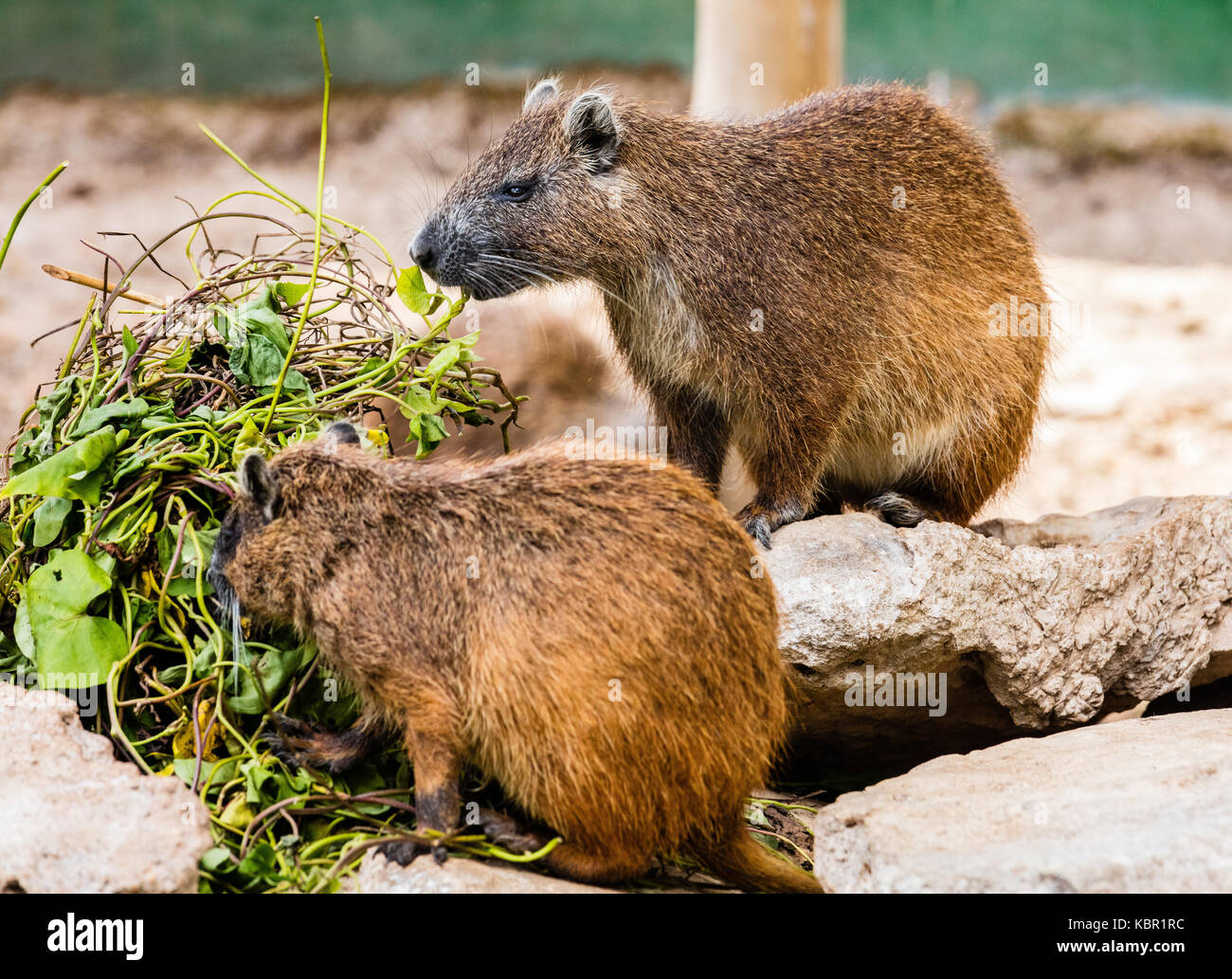 Paar Kubanische hutia, desmarest Die hutia, Arten von Nagetier endemisch auf Kuba traditionell für Nahrung gejagt Stockfotohttps://www.alamy.de/image-license-details/?v=1https://www.alamy.de/stockfoto-paar-kubanische-hutia-desmarest-die-hutia-arten-von-nagetier-endemisch-auf-kuba-traditionell-fur-nahrung-gejagt-162160864.html
Paar Kubanische hutia, desmarest Die hutia, Arten von Nagetier endemisch auf Kuba traditionell für Nahrung gejagt Stockfotohttps://www.alamy.de/image-license-details/?v=1https://www.alamy.de/stockfoto-paar-kubanische-hutia-desmarest-die-hutia-arten-von-nagetier-endemisch-auf-kuba-traditionell-fur-nahrung-gejagt-162160864.htmlRFKBR1RC–Paar Kubanische hutia, desmarest Die hutia, Arten von Nagetier endemisch auf Kuba traditionell für Nahrung gejagt
 Die endemische Kubanischen Krähen (Corvus nasicus,) in der Nähe von Playa Larga, Kuba. Stockfotohttps://www.alamy.de/image-license-details/?v=1https://www.alamy.de/die-endemische-kubanischen-krahen-corvus-nasicus-in-der-nahe-von-playa-larga-kuba-image222233270.html
Die endemische Kubanischen Krähen (Corvus nasicus,) in der Nähe von Playa Larga, Kuba. Stockfotohttps://www.alamy.de/image-license-details/?v=1https://www.alamy.de/die-endemische-kubanischen-krahen-corvus-nasicus-in-der-nahe-von-playa-larga-kuba-image222233270.htmlRMPWFGPE–Die endemische Kubanischen Krähen (Corvus nasicus,) in der Nähe von Playa Larga, Kuba.
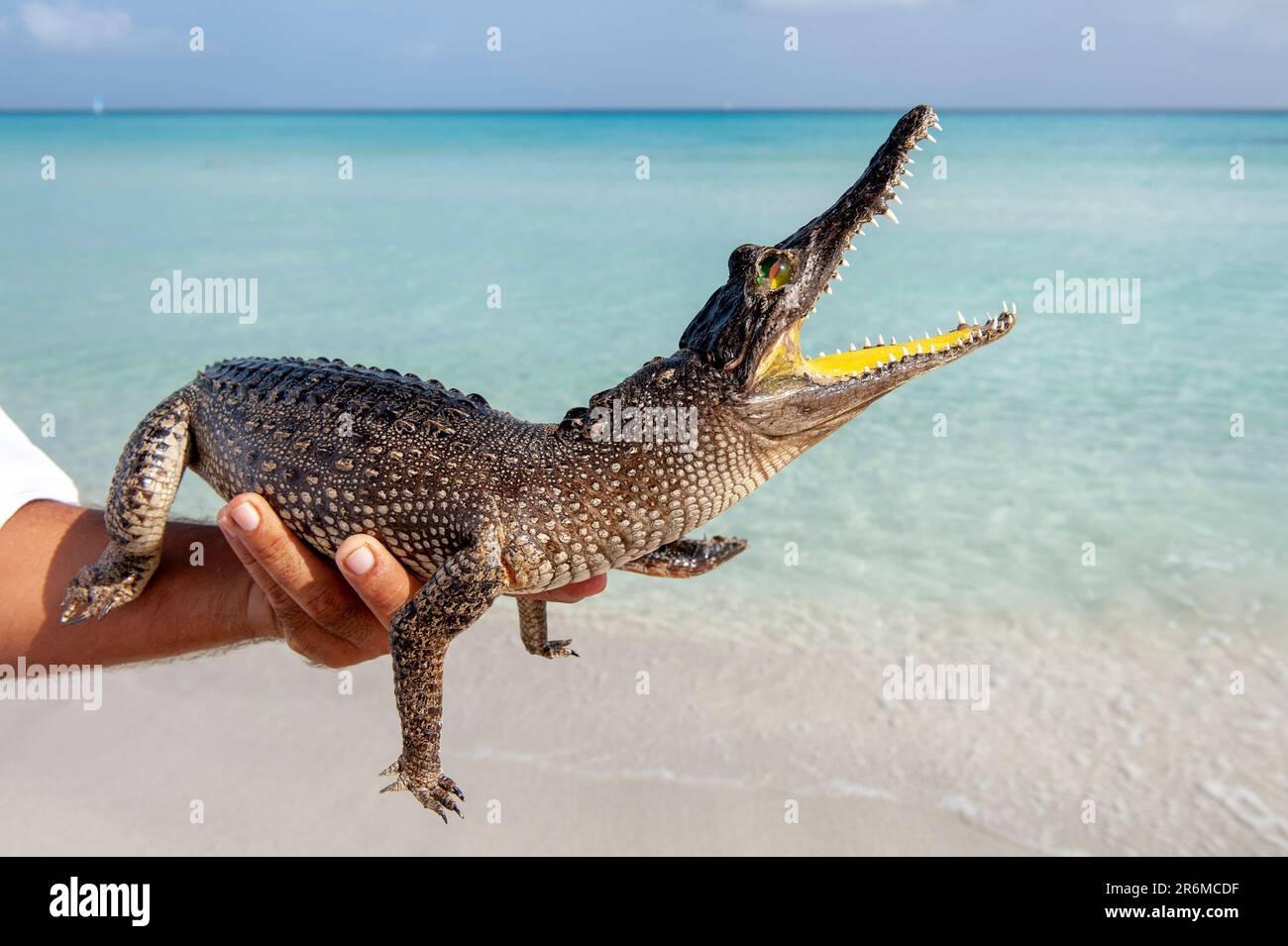 Varadero Beach, Kuba. Ein kleines kubanisches Krokodil, das in Kuba endemisch ist. Stockfotohttps://www.alamy.de/image-license-details/?v=1https://www.alamy.de/varadero-beach-kuba-ein-kleines-kubanisches-krokodil-das-in-kuba-endemisch-ist-image554868539.html
Varadero Beach, Kuba. Ein kleines kubanisches Krokodil, das in Kuba endemisch ist. Stockfotohttps://www.alamy.de/image-license-details/?v=1https://www.alamy.de/varadero-beach-kuba-ein-kleines-kubanisches-krokodil-das-in-kuba-endemisch-ist-image554868539.htmlRF2R6MCDF–Varadero Beach, Kuba. Ein kleines kubanisches Krokodil, das in Kuba endemisch ist.
 Anolis (Chamaeleolis) guamuhaya (escambray Bärtigen Anole). Endemisch von Kuba Stockfotohttps://www.alamy.de/image-license-details/?v=1https://www.alamy.de/stockfoto-anolis-chamaeleolis-guamuhaya-escambray-bartigen-anole-endemisch-von-kuba-172705031.html
Anolis (Chamaeleolis) guamuhaya (escambray Bärtigen Anole). Endemisch von Kuba Stockfotohttps://www.alamy.de/image-license-details/?v=1https://www.alamy.de/stockfoto-anolis-chamaeleolis-guamuhaya-escambray-bartigen-anole-endemisch-von-kuba-172705031.htmlRFM0YB0R–Anolis (Chamaeleolis) guamuhaya (escambray Bärtigen Anole). Endemisch von Kuba
 Kubanischer Trogon, endemisch auf Kuba, wo der nationale Vogel auch ist, thront auf einem Ast in einem Naturschutzgebiet in der Nähe von Hacienda La Belen Stockfotohttps://www.alamy.de/image-license-details/?v=1https://www.alamy.de/stockfoto-kubanischer-trogon-endemisch-auf-kuba-wo-der-nationale-vogel-auch-ist-thront-auf-einem-ast-in-einem-naturschutzgebiet-in-der-nahe-von-hacienda-la-belen-109516591.html
Kubanischer Trogon, endemisch auf Kuba, wo der nationale Vogel auch ist, thront auf einem Ast in einem Naturschutzgebiet in der Nähe von Hacienda La Belen Stockfotohttps://www.alamy.de/image-license-details/?v=1https://www.alamy.de/stockfoto-kubanischer-trogon-endemisch-auf-kuba-wo-der-nationale-vogel-auch-ist-thront-auf-einem-ast-in-einem-naturschutzgebiet-in-der-nahe-von-hacienda-la-belen-109516591.htmlRMGA4WER–Kubanischer Trogon, endemisch auf Kuba, wo der nationale Vogel auch ist, thront auf einem Ast in einem Naturschutzgebiet in der Nähe von Hacienda La Belen
 Captive kubanische Krokodil (Crocodylus rhombifer), eine kleine Art von Krokodil endemisch auf Kuba, Karibik, Mittelamerika Stockfotohttps://www.alamy.de/image-license-details/?v=1https://www.alamy.de/stockfoto-captive-kubanische-krokodil-crocodylus-rhombifer-eine-kleine-art-von-krokodil-endemisch-auf-kuba-karibik-mittelamerika-161926562.html
Captive kubanische Krokodil (Crocodylus rhombifer), eine kleine Art von Krokodil endemisch auf Kuba, Karibik, Mittelamerika Stockfotohttps://www.alamy.de/image-license-details/?v=1https://www.alamy.de/stockfoto-captive-kubanische-krokodil-crocodylus-rhombifer-eine-kleine-art-von-krokodil-endemisch-auf-kuba-karibik-mittelamerika-161926562.htmlRFKBCAYE–Captive kubanische Krokodil (Crocodylus rhombifer), eine kleine Art von Krokodil endemisch auf Kuba, Karibik, Mittelamerika
 Eine Verschachtelung Singvogel native endemisch in Kuba sitzt in einem Nest in den Ästen mit Jungtier Nestlinge zu füttern; Varadero, Kuba Stockfotohttps://www.alamy.de/image-license-details/?v=1https://www.alamy.de/stockfoto-eine-verschachtelung-singvogel-native-endemisch-in-kuba-sitzt-in-einem-nest-in-den-asten-mit-jungtier-nestlinge-zu-futtern-varadero-kuba-96037276.html
Eine Verschachtelung Singvogel native endemisch in Kuba sitzt in einem Nest in den Ästen mit Jungtier Nestlinge zu füttern; Varadero, Kuba Stockfotohttps://www.alamy.de/image-license-details/?v=1https://www.alamy.de/stockfoto-eine-verschachtelung-singvogel-native-endemisch-in-kuba-sitzt-in-einem-nest-in-den-asten-mit-jungtier-nestlinge-zu-futtern-varadero-kuba-96037276.htmlRFFG6TEM–Eine Verschachtelung Singvogel native endemisch in Kuba sitzt in einem Nest in den Ästen mit Jungtier Nestlinge zu füttern; Varadero, Kuba
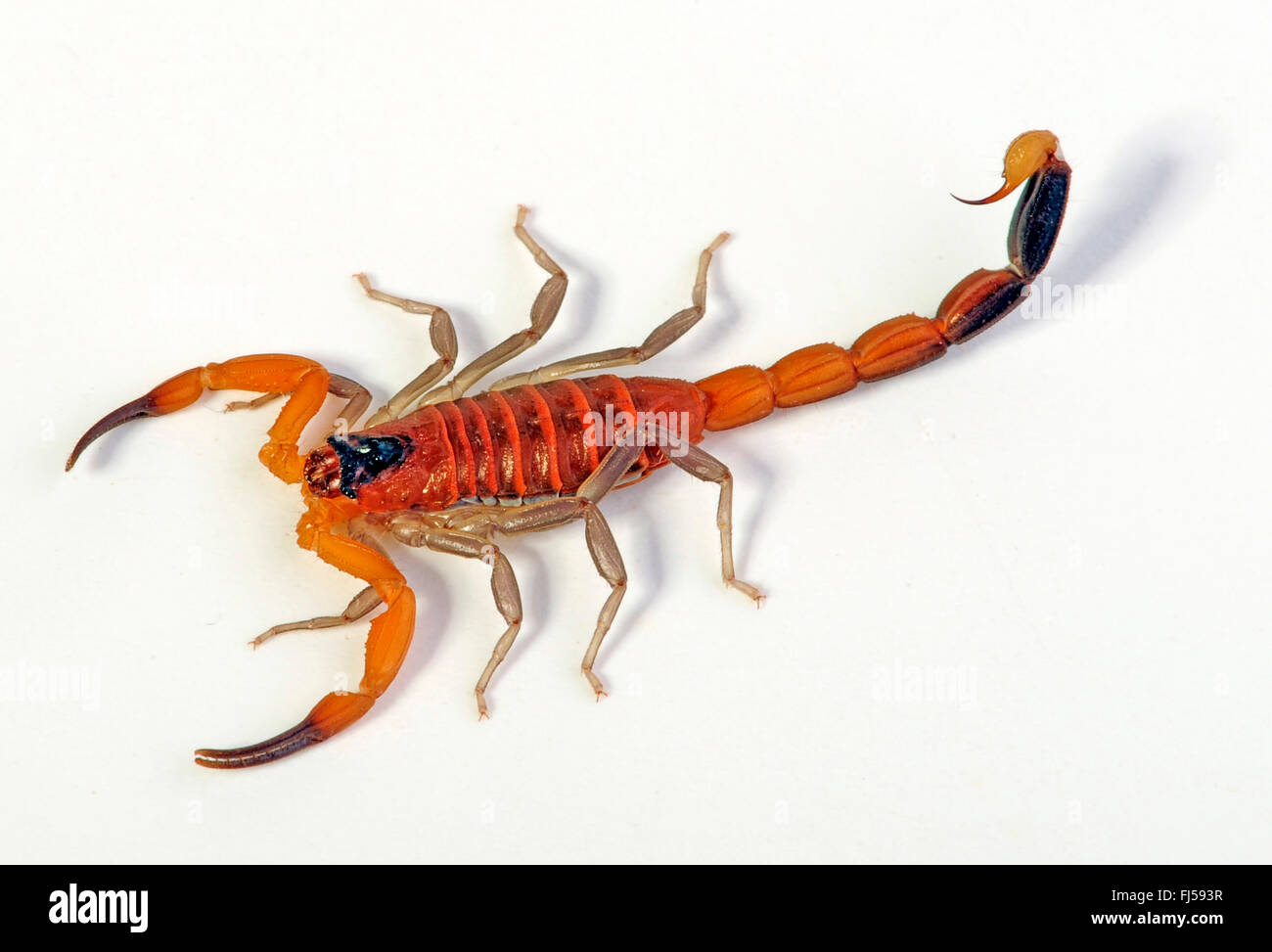 Red Scorpion, Blue Scorpion (Rhopalurus Junceus), endemische Skorpion aus Kuba, Ausschnitt, Kuba Stockfotohttps://www.alamy.de/image-license-details/?v=1https://www.alamy.de/stockfoto-red-scorpion-blue-scorpion-rhopalurus-junceus-endemische-skorpion-aus-kuba-ausschnitt-kuba-97232571.html
Red Scorpion, Blue Scorpion (Rhopalurus Junceus), endemische Skorpion aus Kuba, Ausschnitt, Kuba Stockfotohttps://www.alamy.de/image-license-details/?v=1https://www.alamy.de/stockfoto-red-scorpion-blue-scorpion-rhopalurus-junceus-endemische-skorpion-aus-kuba-ausschnitt-kuba-97232571.htmlRMFJ593R–Red Scorpion, Blue Scorpion (Rhopalurus Junceus), endemische Skorpion aus Kuba, Ausschnitt, Kuba
 Nahaufnahme der Palmenart Copernicia hospita, endemisch in Kuba - Florida, USA Stockfotohttps://www.alamy.de/image-license-details/?v=1https://www.alamy.de/nahaufnahme-der-palmenart-copernicia-hospita-endemisch-in-kuba-florida-usa-image452151997.html
Nahaufnahme der Palmenart Copernicia hospita, endemisch in Kuba - Florida, USA Stockfotohttps://www.alamy.de/image-license-details/?v=1https://www.alamy.de/nahaufnahme-der-palmenart-copernicia-hospita-endemisch-in-kuba-florida-usa-image452151997.htmlRF2H7H8DH–Nahaufnahme der Palmenart Copernicia hospita, endemisch in Kuba - Florida, USA
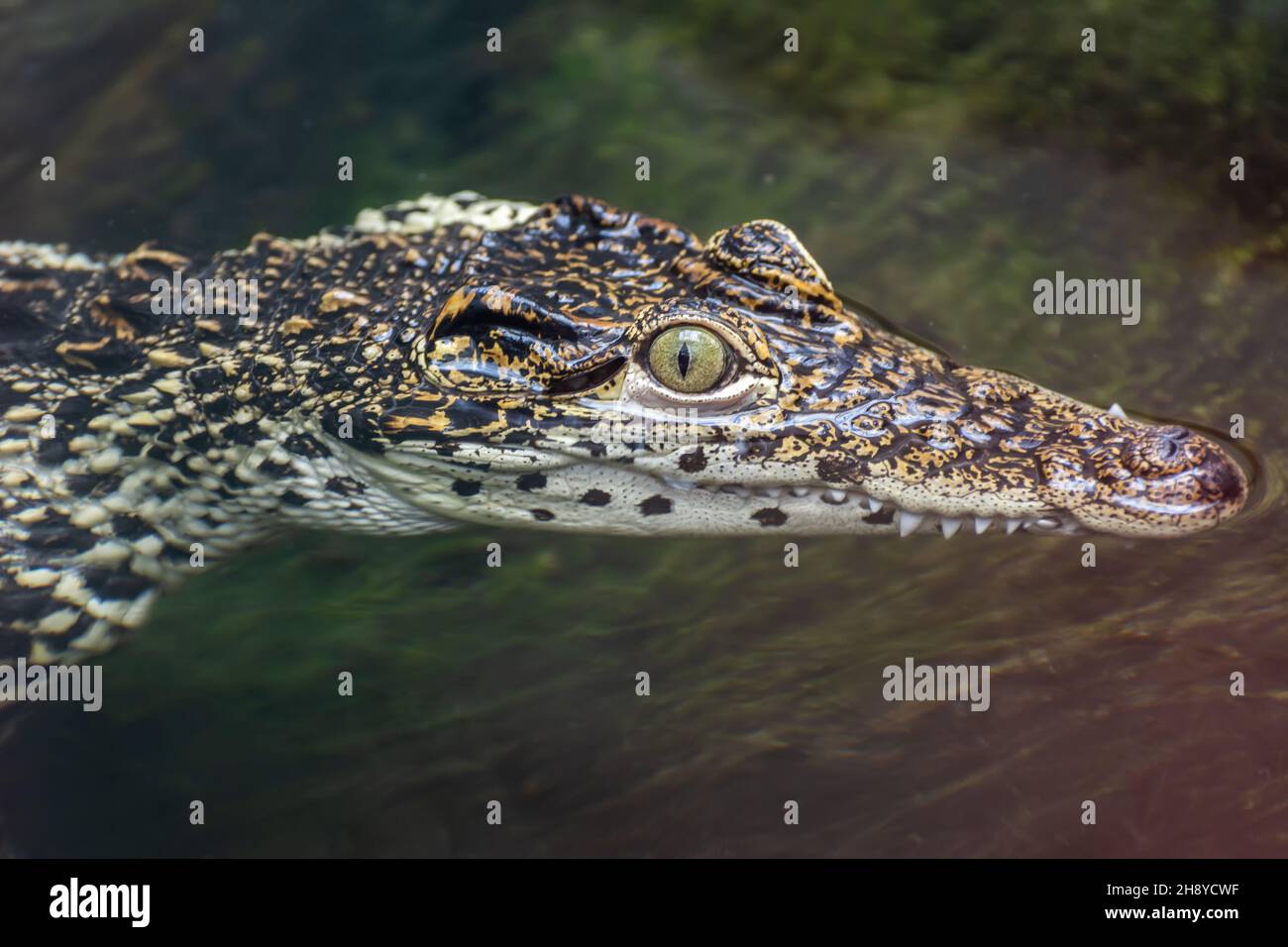 Kopf des kubanischen Krokodils (Crocodylus rhombifer), einer kleinen bis mittleren Krokodilart, die in Kuba endemisch ist. Die typische Länge beträgt 2,1 m und das typische Gewicht 70–80 Stockfotohttps://www.alamy.de/image-license-details/?v=1https://www.alamy.de/kopf-des-kubanischen-krokodils-crocodylus-rhombifer-einer-kleinen-bis-mittleren-krokodilart-die-in-kuba-endemisch-ist-die-typische-lange-betragt-21-m-und-das-typische-gewicht-7080-image452989643.html
Kopf des kubanischen Krokodils (Crocodylus rhombifer), einer kleinen bis mittleren Krokodilart, die in Kuba endemisch ist. Die typische Länge beträgt 2,1 m und das typische Gewicht 70–80 Stockfotohttps://www.alamy.de/image-license-details/?v=1https://www.alamy.de/kopf-des-kubanischen-krokodils-crocodylus-rhombifer-einer-kleinen-bis-mittleren-krokodilart-die-in-kuba-endemisch-ist-die-typische-lange-betragt-21-m-und-das-typische-gewicht-7080-image452989643.htmlRF2H8YCWF–Kopf des kubanischen Krokodils (Crocodylus rhombifer), einer kleinen bis mittleren Krokodilart, die in Kuba endemisch ist. Die typische Länge beträgt 2,1 m und das typische Gewicht 70–80
 Jata Palm (Copernicia rigida) ist eine in Kuba endemische Palme. Stockfotohttps://www.alamy.de/image-license-details/?v=1https://www.alamy.de/jata-palm-copernicia-rigida-ist-eine-in-kuba-endemische-palme-image618999685.html
Jata Palm (Copernicia rigida) ist eine in Kuba endemische Palme. Stockfotohttps://www.alamy.de/image-license-details/?v=1https://www.alamy.de/jata-palm-copernicia-rigida-ist-eine-in-kuba-endemische-palme-image618999685.htmlRF2XY1TBH–Jata Palm (Copernicia rigida) ist eine in Kuba endemische Palme.
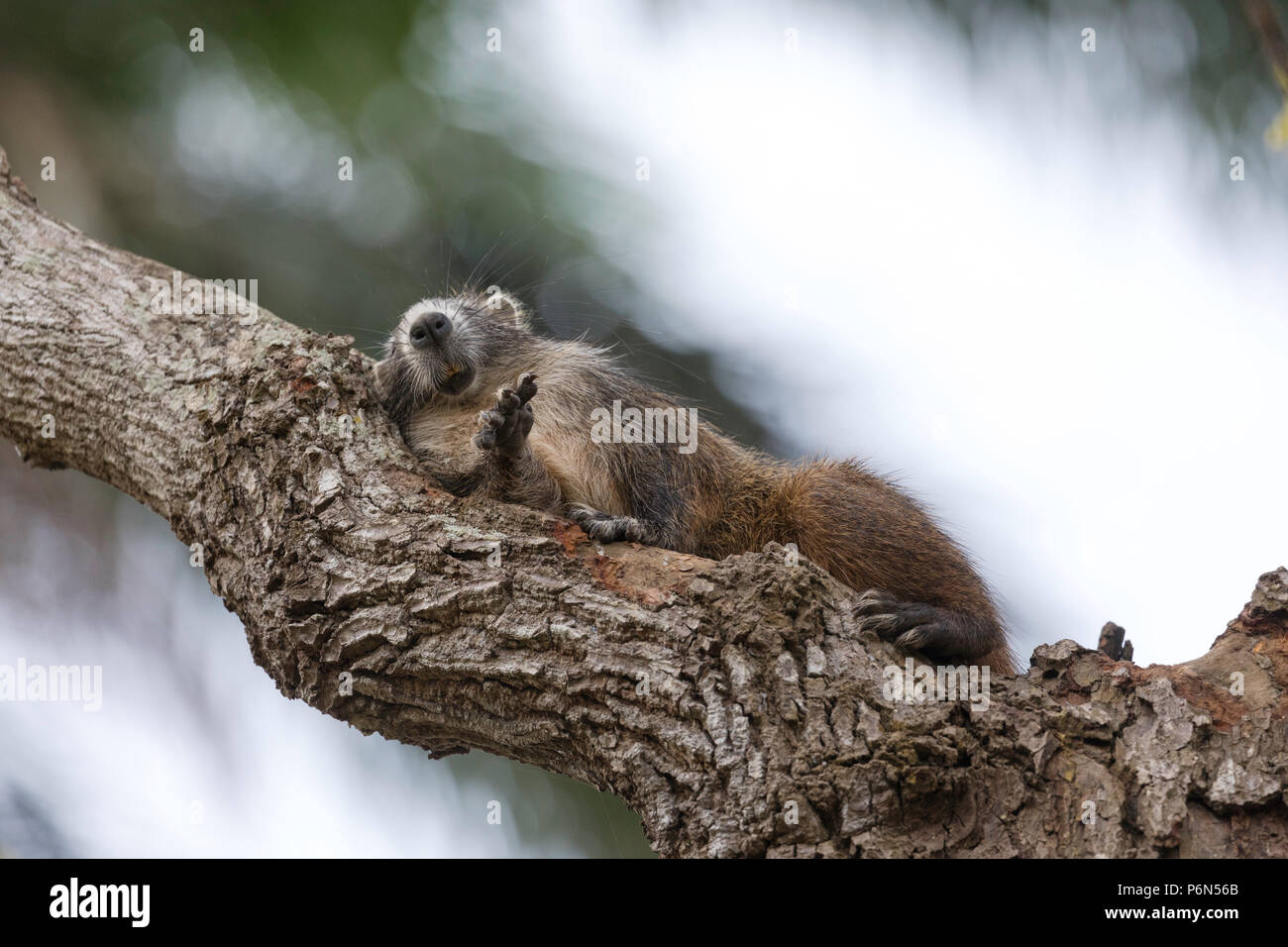 Die Unverlierbaren Desmarest hutia, Capromys pilorides, Kubanische hutia, ist eine Nagetierart aus endemisch auf Kuba Stockfotohttps://www.alamy.de/image-license-details/?v=1https://www.alamy.de/die-unverlierbaren-desmarest-hutia-capromys-pilorides-kubanische-hutia-ist-eine-nagetierart-aus-endemisch-auf-kuba-image210677443.html
Die Unverlierbaren Desmarest hutia, Capromys pilorides, Kubanische hutia, ist eine Nagetierart aus endemisch auf Kuba Stockfotohttps://www.alamy.de/image-license-details/?v=1https://www.alamy.de/die-unverlierbaren-desmarest-hutia-capromys-pilorides-kubanische-hutia-ist-eine-nagetierart-aus-endemisch-auf-kuba-image210677443.htmlRMP6N56B–Die Unverlierbaren Desmarest hutia, Capromys pilorides, Kubanische hutia, ist eine Nagetierart aus endemisch auf Kuba
 Eine kubanische Pygmäen-Eule, endemisch auf Kuba, im Zapata Nationalpark Stockfotohttps://www.alamy.de/image-license-details/?v=1https://www.alamy.de/stockfoto-eine-kubanische-pygmaen-eule-endemisch-auf-kuba-im-zapata-nationalpark-129806340.html
Eine kubanische Pygmäen-Eule, endemisch auf Kuba, im Zapata Nationalpark Stockfotohttps://www.alamy.de/image-license-details/?v=1https://www.alamy.de/stockfoto-eine-kubanische-pygmaen-eule-endemisch-auf-kuba-im-zapata-nationalpark-129806340.htmlRMHF558M–Eine kubanische Pygmäen-Eule, endemisch auf Kuba, im Zapata Nationalpark
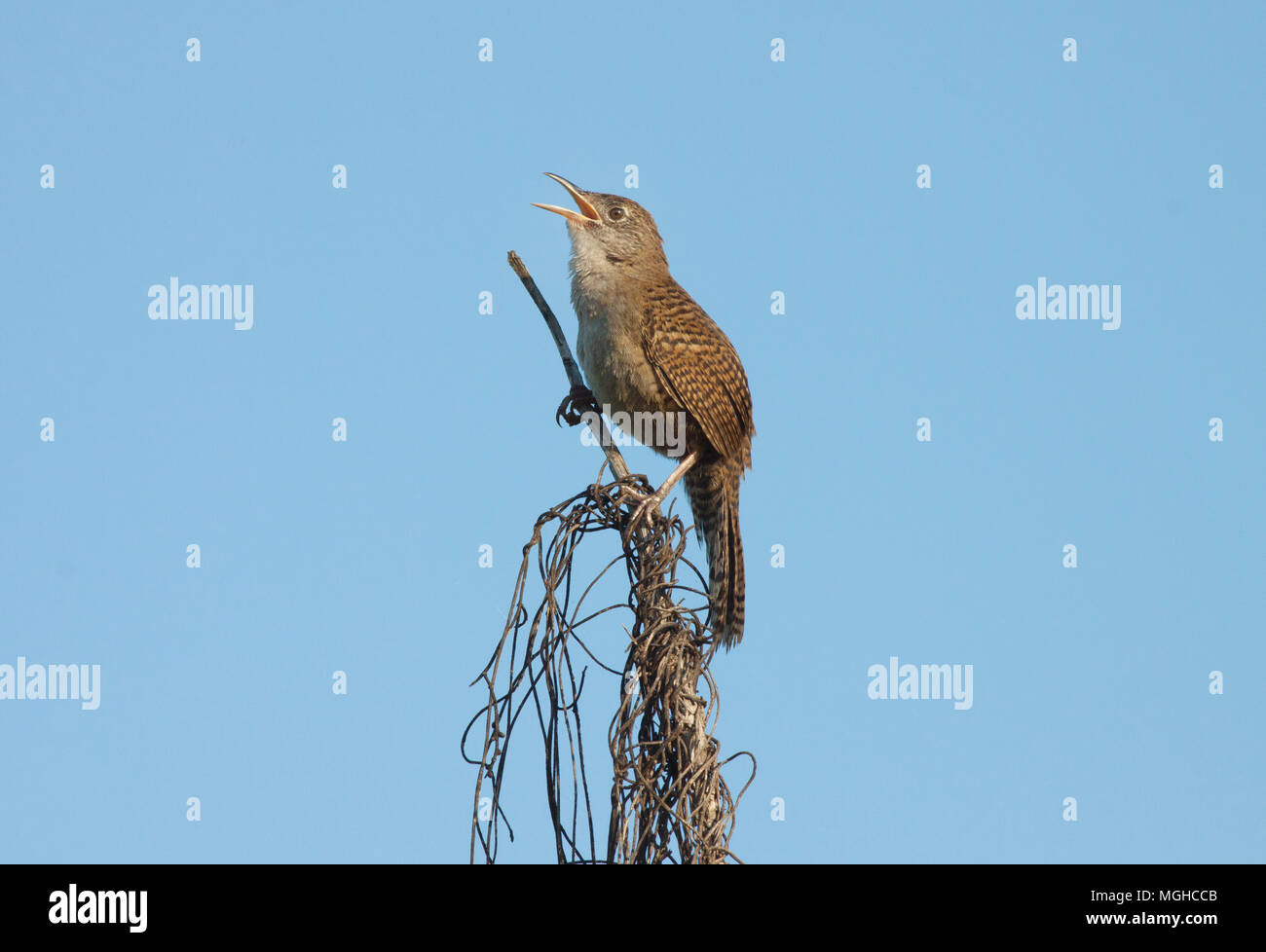 Zapata Wren (Ferminia cerverai) gefährdet, Zapata Sumpf, endemische Vogel zu Kuba Stockfotohttps://www.alamy.de/image-license-details/?v=1https://www.alamy.de/zapata-wren-ferminia-cerverai-gefahrdet-zapata-sumpf-endemische-vogel-zu-kuba-image182321115.html
Zapata Wren (Ferminia cerverai) gefährdet, Zapata Sumpf, endemische Vogel zu Kuba Stockfotohttps://www.alamy.de/image-license-details/?v=1https://www.alamy.de/zapata-wren-ferminia-cerverai-gefahrdet-zapata-sumpf-endemische-vogel-zu-kuba-image182321115.htmlRMMGHCCB–Zapata Wren (Ferminia cerverai) gefährdet, Zapata Sumpf, endemische Vogel zu Kuba
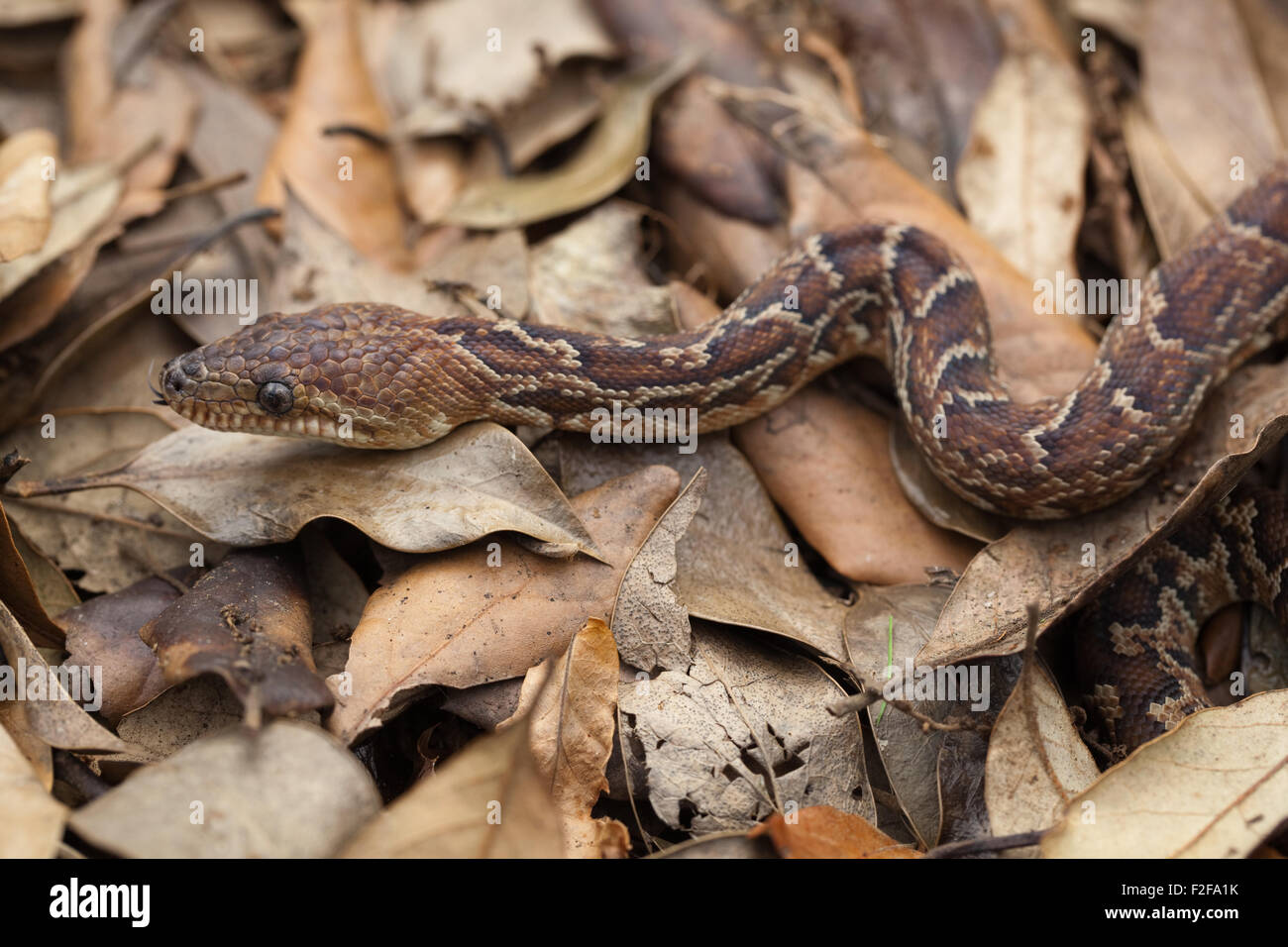 Kubanische Boa (Epicrates Angulifer). Endemisch in Kuba. Größte wachsende Arten von Schlangen in Westindien. Potenziell gefährdet. Stockfotohttps://www.alamy.de/image-license-details/?v=1https://www.alamy.de/stockfoto-kubanische-boa-epicrates-angulifer-endemisch-in-kuba-grosste-wachsende-arten-von-schlangen-in-westindien-potenziell-gefahrdet-87618319.html
Kubanische Boa (Epicrates Angulifer). Endemisch in Kuba. Größte wachsende Arten von Schlangen in Westindien. Potenziell gefährdet. Stockfotohttps://www.alamy.de/image-license-details/?v=1https://www.alamy.de/stockfoto-kubanische-boa-epicrates-angulifer-endemisch-in-kuba-grosste-wachsende-arten-von-schlangen-in-westindien-potenziell-gefahrdet-87618319.htmlRMF2FA1K–Kubanische Boa (Epicrates Angulifer). Endemisch in Kuba. Größte wachsende Arten von Schlangen in Westindien. Potenziell gefährdet.
 Oriente Warbler (Teretistris fornsi) ist eine von zwei Vogelarten der kubanischen Warbler-Familie Teretistridae. Sie ist endemisch in Kuba Stockfotohttps://www.alamy.de/image-license-details/?v=1https://www.alamy.de/oriente-warbler-teretistris-fornsi-ist-eine-von-zwei-vogelarten-der-kubanischen-warbler-familie-teretistridae-sie-ist-endemisch-in-kuba-image568835415.html
Oriente Warbler (Teretistris fornsi) ist eine von zwei Vogelarten der kubanischen Warbler-Familie Teretistridae. Sie ist endemisch in Kuba Stockfotohttps://www.alamy.de/image-license-details/?v=1https://www.alamy.de/oriente-warbler-teretistris-fornsi-ist-eine-von-zwei-vogelarten-der-kubanischen-warbler-familie-teretistridae-sie-ist-endemisch-in-kuba-image568835415.htmlRF2T1CKAF–Oriente Warbler (Teretistris fornsi) ist eine von zwei Vogelarten der kubanischen Warbler-Familie Teretistridae. Sie ist endemisch in Kuba
 Das kubanische Krokodil (Crocodylus Rhombifer) ist eine kleine in Kuba endemische Krokodilart Stockfotohttps://www.alamy.de/image-license-details/?v=1https://www.alamy.de/das-kubanische-krokodil-crocodylus-rhombifer-ist-eine-kleine-in-kuba-endemische-krokodilart-image629851504.html
Das kubanische Krokodil (Crocodylus Rhombifer) ist eine kleine in Kuba endemische Krokodilart Stockfotohttps://www.alamy.de/image-license-details/?v=1https://www.alamy.de/das-kubanische-krokodil-crocodylus-rhombifer-ist-eine-kleine-in-kuba-endemische-krokodilart-image629851504.htmlRF2YGM60G–Das kubanische Krokodil (Crocodylus Rhombifer) ist eine kleine in Kuba endemische Krokodilart
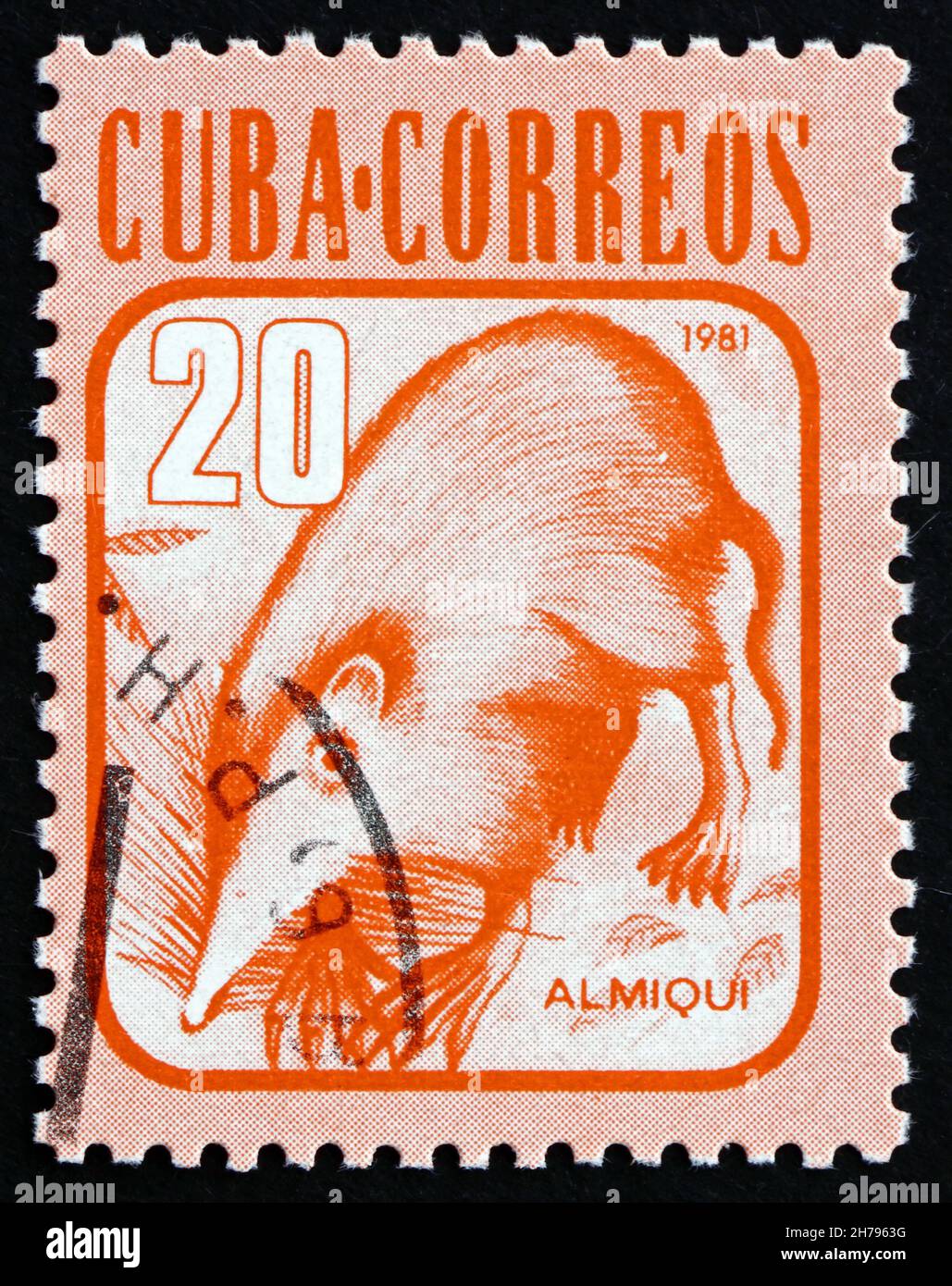 KUBA - UM 1981: Eine auf Kuba gedruckte Marke zeigt Almiqui, Cuban Solenodon, Solenodon Cubanus, Säugetier, endemisch in Kuba, um 1981 Stockfotohttps://www.alamy.de/image-license-details/?v=1https://www.alamy.de/kuba-um-1981-eine-auf-kuba-gedruckte-marke-zeigt-almiqui-cuban-solenodon-solenodon-cubanus-saugetier-endemisch-in-kuba-um-1981-image451974532.html
KUBA - UM 1981: Eine auf Kuba gedruckte Marke zeigt Almiqui, Cuban Solenodon, Solenodon Cubanus, Säugetier, endemisch in Kuba, um 1981 Stockfotohttps://www.alamy.de/image-license-details/?v=1https://www.alamy.de/kuba-um-1981-eine-auf-kuba-gedruckte-marke-zeigt-almiqui-cuban-solenodon-solenodon-cubanus-saugetier-endemisch-in-kuba-um-1981-image451974532.htmlRF2H7963G–KUBA - UM 1981: Eine auf Kuba gedruckte Marke zeigt Almiqui, Cuban Solenodon, Solenodon Cubanus, Säugetier, endemisch in Kuba, um 1981
 Kuba Zapata Halbinsel, der Schweinebucht, Anolis Equestris (Arten ursprünglich endemisch auf Kuba) Stockfotohttps://www.alamy.de/image-license-details/?v=1https://www.alamy.de/stockfoto-kuba-zapata-halbinsel-der-schweinebucht-anolis-equestris-arten-ursprunglich-endemisch-auf-kuba-172806217.html
Kuba Zapata Halbinsel, der Schweinebucht, Anolis Equestris (Arten ursprünglich endemisch auf Kuba) Stockfotohttps://www.alamy.de/image-license-details/?v=1https://www.alamy.de/stockfoto-kuba-zapata-halbinsel-der-schweinebucht-anolis-equestris-arten-ursprunglich-endemisch-auf-kuba-172806217.htmlRMM1402H–Kuba Zapata Halbinsel, der Schweinebucht, Anolis Equestris (Arten ursprünglich endemisch auf Kuba)
 Ein kubanisches Krokodil Crocodylus Rhombifer ist eine kleine Krokodilart, die in Kuba endemisch ist. Krokodilkopf aus nächster Nähe. Krokodile schwimmen im Wasser - Kopf hoch Stockfotohttps://www.alamy.de/image-license-details/?v=1https://www.alamy.de/ein-kubanisches-krokodil-crocodylus-rhombifer-ist-eine-kleine-krokodilart-die-in-kuba-endemisch-ist-krokodilkopf-aus-nachster-nahe-krokodile-schwimmen-im-wasser-kopf-hoch-image557527730.html
Ein kubanisches Krokodil Crocodylus Rhombifer ist eine kleine Krokodilart, die in Kuba endemisch ist. Krokodilkopf aus nächster Nähe. Krokodile schwimmen im Wasser - Kopf hoch Stockfotohttps://www.alamy.de/image-license-details/?v=1https://www.alamy.de/ein-kubanisches-krokodil-crocodylus-rhombifer-ist-eine-kleine-krokodilart-die-in-kuba-endemisch-ist-krokodilkopf-aus-nachster-nahe-krokodile-schwimmen-im-wasser-kopf-hoch-image557527730.htmlRF2RB1G8J–Ein kubanisches Krokodil Crocodylus Rhombifer ist eine kleine Krokodilart, die in Kuba endemisch ist. Krokodilkopf aus nächster Nähe. Krokodile schwimmen im Wasser - Kopf hoch
 Eine endemische Kubanischen Pigmy Owl (Glaucidium siju) in einem Baum gehockt. Bermejas, Zapata Halbinsel, Kuba. Stockfotohttps://www.alamy.de/image-license-details/?v=1https://www.alamy.de/eine-endemische-kubanischen-pigmy-owl-glaucidium-siju-in-einem-baum-gehockt-bermejas-zapata-halbinsel-kuba-image222233480.html
Eine endemische Kubanischen Pigmy Owl (Glaucidium siju) in einem Baum gehockt. Bermejas, Zapata Halbinsel, Kuba. Stockfotohttps://www.alamy.de/image-license-details/?v=1https://www.alamy.de/eine-endemische-kubanischen-pigmy-owl-glaucidium-siju-in-einem-baum-gehockt-bermejas-zapata-halbinsel-kuba-image222233480.htmlRMPWFH20–Eine endemische Kubanischen Pigmy Owl (Glaucidium siju) in einem Baum gehockt. Bermejas, Zapata Halbinsel, Kuba.
 Polymita picta, kubanisch bemalte Schnecke auf einem Blatt, Baracoa, Kuba Stockfotohttps://www.alamy.de/image-license-details/?v=1https://www.alamy.de/polymita-picta-kubanisch-bemalte-schnecke-auf-einem-blatt-baracoa-kuba-image352926997.html
Polymita picta, kubanisch bemalte Schnecke auf einem Blatt, Baracoa, Kuba Stockfotohttps://www.alamy.de/image-license-details/?v=1https://www.alamy.de/polymita-picta-kubanisch-bemalte-schnecke-auf-einem-blatt-baracoa-kuba-image352926997.htmlRM2BE55YH–Polymita picta, kubanisch bemalte Schnecke auf einem Blatt, Baracoa, Kuba
 Kubanischer Trogon (Priotelus temnurus) Humboldt-Nationalpark. Endemisch in Kuba. Stockfotohttps://www.alamy.de/image-license-details/?v=1https://www.alamy.de/kubanischer-trogon-priotelus-temnurus-humboldt-nationalpark-endemisch-in-kuba-image465927923.html
Kubanischer Trogon (Priotelus temnurus) Humboldt-Nationalpark. Endemisch in Kuba. Stockfotohttps://www.alamy.de/image-license-details/?v=1https://www.alamy.de/kubanischer-trogon-priotelus-temnurus-humboldt-nationalpark-endemisch-in-kuba-image465927923.htmlRM2J20RPY–Kubanischer Trogon (Priotelus temnurus) Humboldt-Nationalpark. Endemisch in Kuba.
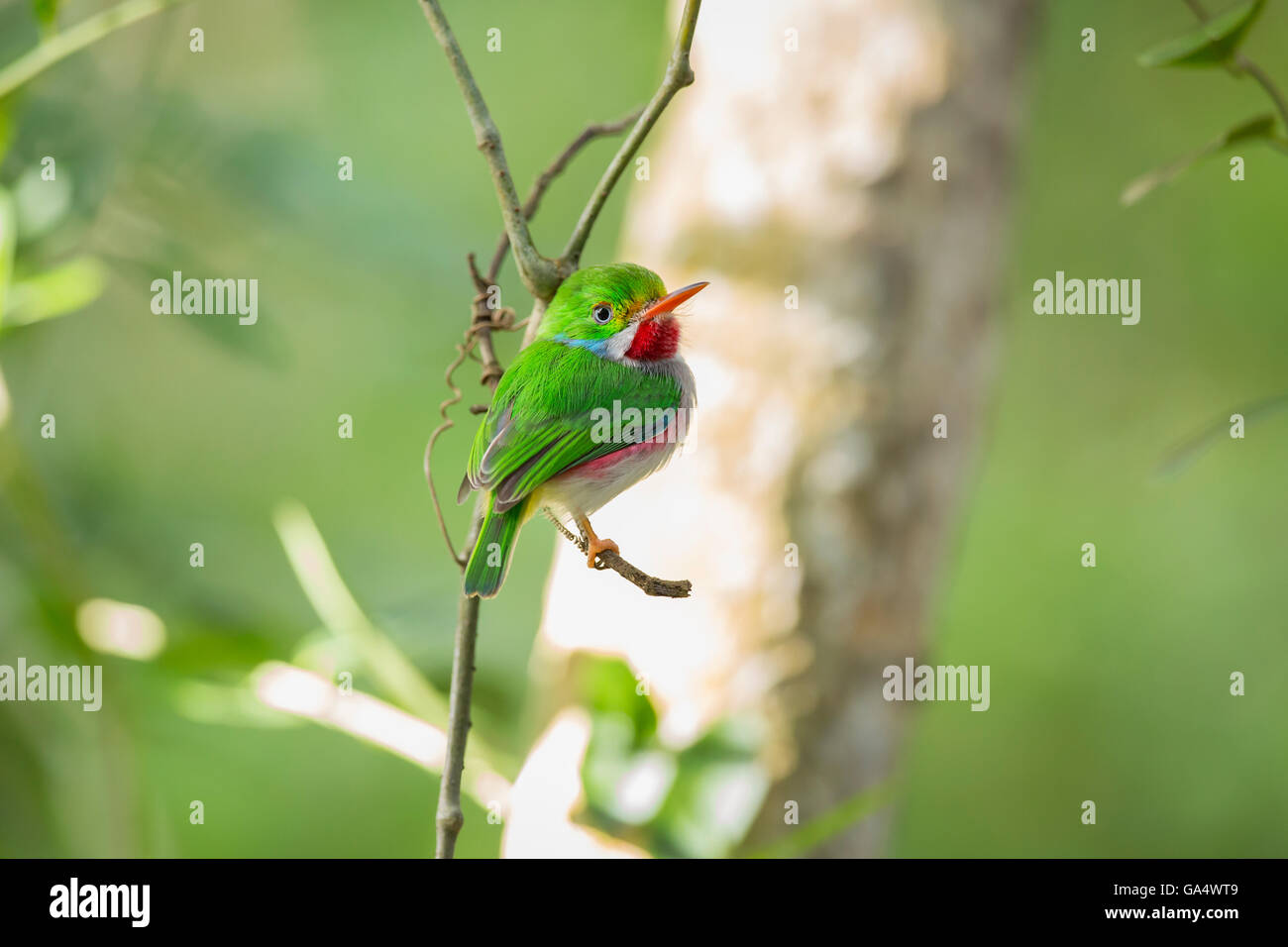 Kubanische Tody (Todus multicolor), die endemisch in Kuba ist, thront auf einem Ast im Bereich Cayo Coco. Stockfotohttps://www.alamy.de/image-license-details/?v=1https://www.alamy.de/stockfoto-kubanische-tody-todus-multicolor-die-endemisch-in-kuba-ist-thront-auf-einem-ast-im-bereich-cayo-coco-109516857.html
Kubanische Tody (Todus multicolor), die endemisch in Kuba ist, thront auf einem Ast im Bereich Cayo Coco. Stockfotohttps://www.alamy.de/image-license-details/?v=1https://www.alamy.de/stockfoto-kubanische-tody-todus-multicolor-die-endemisch-in-kuba-ist-thront-auf-einem-ast-im-bereich-cayo-coco-109516857.htmlRMGA4WT9–Kubanische Tody (Todus multicolor), die endemisch in Kuba ist, thront auf einem Ast im Bereich Cayo Coco.
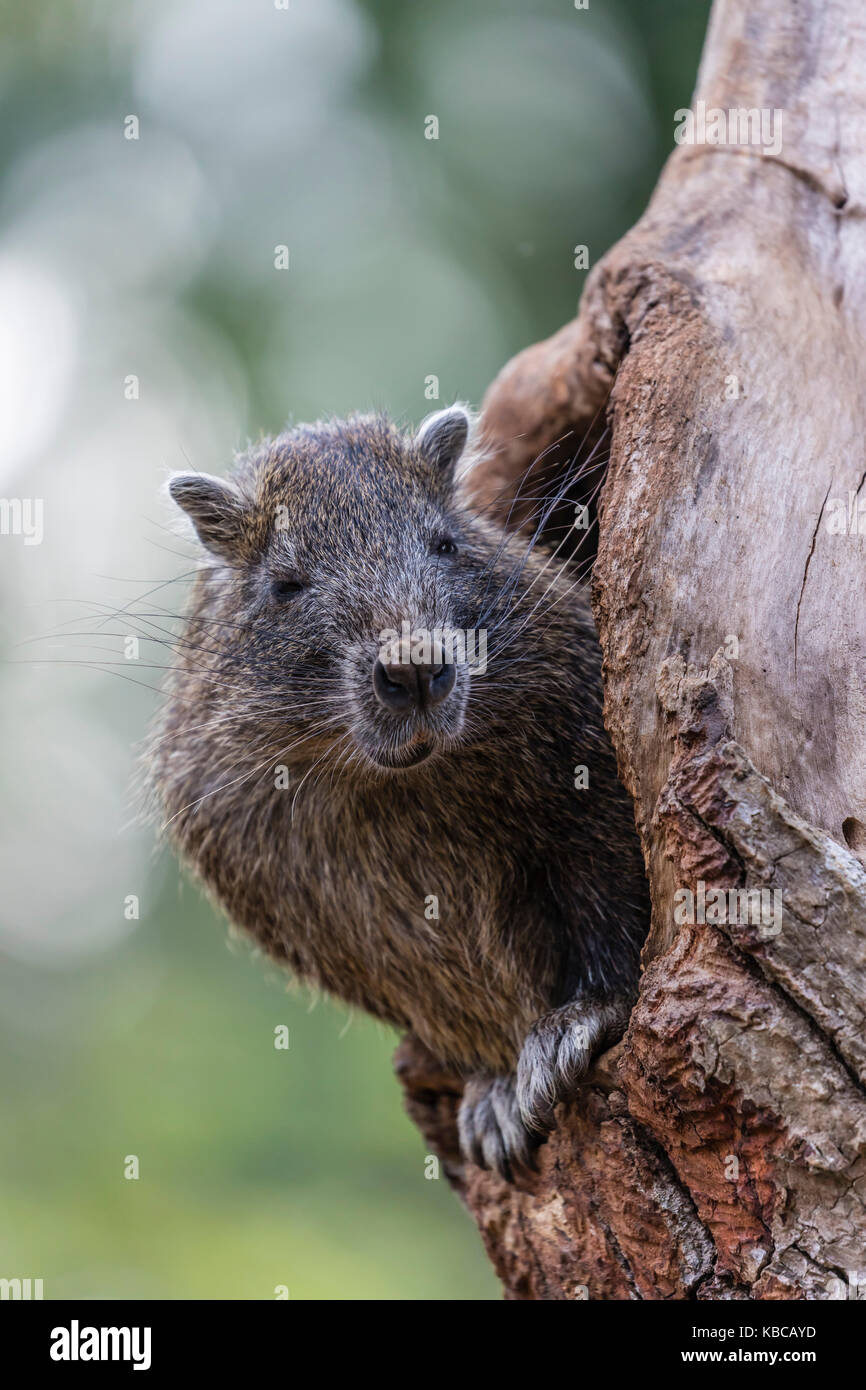 Captive Desmarest's hutia (Capromys pilorides) (Kubanische hutia), eine Art von Nagetier endemisch in Kuba, Westindien, Mittelamerika Stockfotohttps://www.alamy.de/image-license-details/?v=1https://www.alamy.de/stockfoto-captive-desmarests-hutia-capromys-pilorides-kubanische-hutia-eine-art-von-nagetier-endemisch-in-kuba-westindien-mittelamerika-161926561.html
Captive Desmarest's hutia (Capromys pilorides) (Kubanische hutia), eine Art von Nagetier endemisch in Kuba, Westindien, Mittelamerika Stockfotohttps://www.alamy.de/image-license-details/?v=1https://www.alamy.de/stockfoto-captive-desmarests-hutia-capromys-pilorides-kubanische-hutia-eine-art-von-nagetier-endemisch-in-kuba-westindien-mittelamerika-161926561.htmlRFKBCAYD–Captive Desmarest's hutia (Capromys pilorides) (Kubanische hutia), eine Art von Nagetier endemisch in Kuba, Westindien, Mittelamerika
 Eintritt in den Alejandro de Humboldt Nationalpark in Baracoa, Kuba, ein UNESCO-Weltkulturerbe Stockfotohttps://www.alamy.de/image-license-details/?v=1https://www.alamy.de/eintritt-in-den-alejandro-de-humboldt-nationalpark-in-baracoa-kuba-ein-unesco-weltkulturerbe-image472793592.html
Eintritt in den Alejandro de Humboldt Nationalpark in Baracoa, Kuba, ein UNESCO-Weltkulturerbe Stockfotohttps://www.alamy.de/image-license-details/?v=1https://www.alamy.de/eintritt-in-den-alejandro-de-humboldt-nationalpark-in-baracoa-kuba-ein-unesco-weltkulturerbe-image472793592.htmlRF2JD5H1C–Eintritt in den Alejandro de Humboldt Nationalpark in Baracoa, Kuba, ein UNESCO-Weltkulturerbe
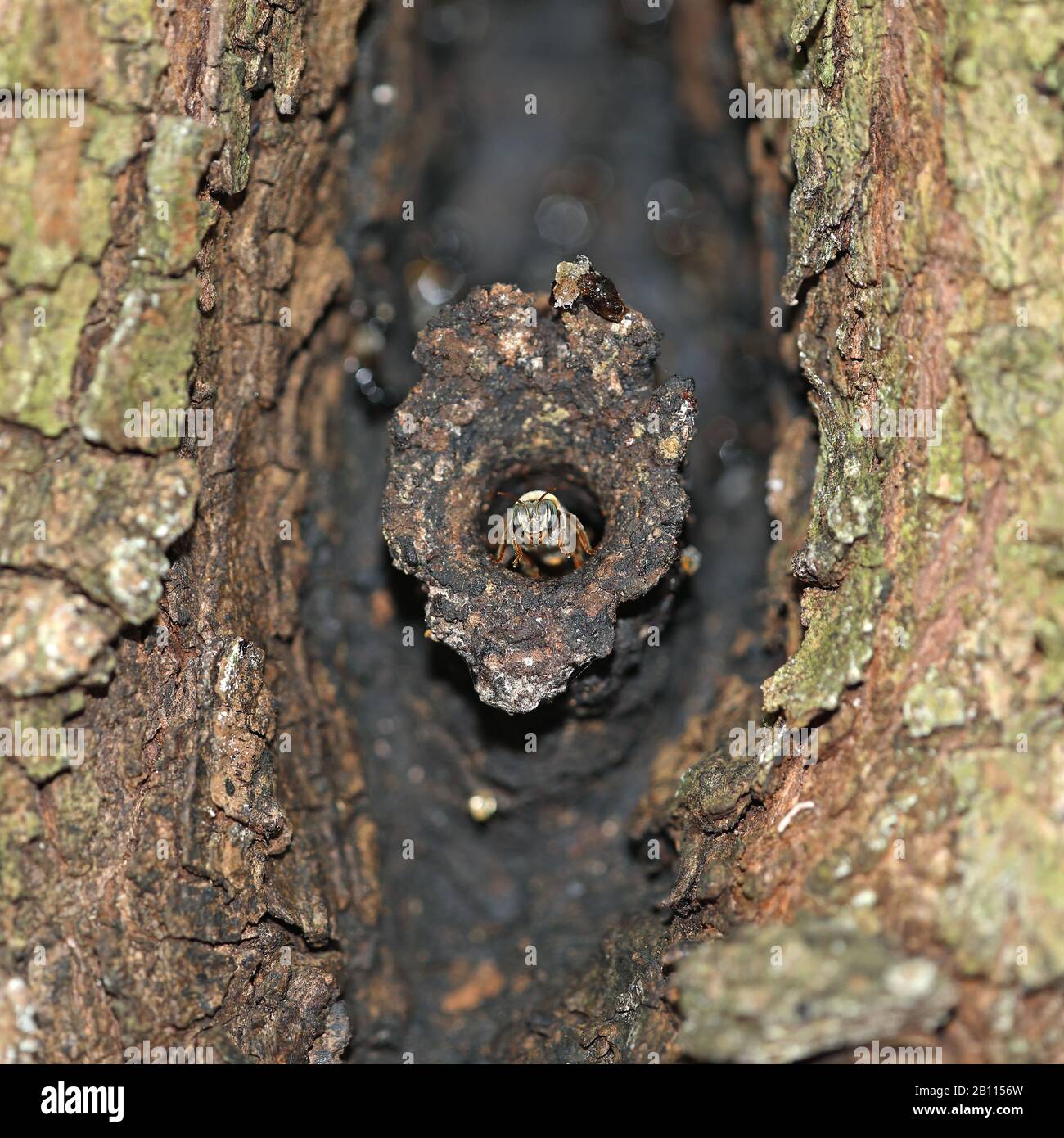 Die endemische Wildbiene verlässt ihr Nest in einem Baum, Kuba, im Zapata-Nationalpark Stockfotohttps://www.alamy.de/image-license-details/?v=1https://www.alamy.de/die-endemische-wildbiene-verlasst-ihr-nest-in-einem-baum-kuba-im-zapata-nationalpark-image344848081.html
Die endemische Wildbiene verlässt ihr Nest in einem Baum, Kuba, im Zapata-Nationalpark Stockfotohttps://www.alamy.de/image-license-details/?v=1https://www.alamy.de/die-endemische-wildbiene-verlasst-ihr-nest-in-einem-baum-kuba-im-zapata-nationalpark-image344848081.htmlRM2B1156W–Die endemische Wildbiene verlässt ihr Nest in einem Baum, Kuba, im Zapata-Nationalpark
 Die Blue Beauty Anole (Anolis equestris potior) ist eine bedrohte Echsenart, die auf der Insel Cayo Santa Maria, einem Teil Kubas, endemisch ist. Stockfotohttps://www.alamy.de/image-license-details/?v=1https://www.alamy.de/die-blue-beauty-anole-anolis-equestris-potior-ist-eine-bedrohte-echsenart-die-auf-der-insel-cayo-santa-maria-einem-teil-kubas-endemisch-ist-image573882964.html
Die Blue Beauty Anole (Anolis equestris potior) ist eine bedrohte Echsenart, die auf der Insel Cayo Santa Maria, einem Teil Kubas, endemisch ist. Stockfotohttps://www.alamy.de/image-license-details/?v=1https://www.alamy.de/die-blue-beauty-anole-anolis-equestris-potior-ist-eine-bedrohte-echsenart-die-auf-der-insel-cayo-santa-maria-einem-teil-kubas-endemisch-ist-image573882964.htmlRF2T9JHG4–Die Blue Beauty Anole (Anolis equestris potior) ist eine bedrohte Echsenart, die auf der Insel Cayo Santa Maria, einem Teil Kubas, endemisch ist.
 Copernicia macroglossa ist eine endemische Palme in Kuba Stockfotohttps://www.alamy.de/image-license-details/?v=1https://www.alamy.de/copernicia-macroglossa-ist-eine-endemische-palme-in-kuba-image362744918.html
Copernicia macroglossa ist eine endemische Palme in Kuba Stockfotohttps://www.alamy.de/image-license-details/?v=1https://www.alamy.de/copernicia-macroglossa-ist-eine-endemische-palme-in-kuba-image362744918.htmlRM2C24CRJ–Copernicia macroglossa ist eine endemische Palme in Kuba
 Jata Palm (Copernicia rigida) ist eine in Kuba endemische Palme. Stockfotohttps://www.alamy.de/image-license-details/?v=1https://www.alamy.de/jata-palm-copernicia-rigida-ist-eine-in-kuba-endemische-palme-image618999692.html
Jata Palm (Copernicia rigida) ist eine in Kuba endemische Palme. Stockfotohttps://www.alamy.de/image-license-details/?v=1https://www.alamy.de/jata-palm-copernicia-rigida-ist-eine-in-kuba-endemische-palme-image618999692.htmlRF2XY1TBT–Jata Palm (Copernicia rigida) ist eine in Kuba endemische Palme.
 Ein erwachsener Blue-headed Wachtel, Taube, Starnoenas cyanocephala, Zapata Nationalpark, endemisch auf Kuba. Stockfotohttps://www.alamy.de/image-license-details/?v=1https://www.alamy.de/ein-erwachsener-blue-headed-wachtel-taube-starnoenas-cyanocephala-zapata-nationalpark-endemisch-auf-kuba-image188713151.html
Ein erwachsener Blue-headed Wachtel, Taube, Starnoenas cyanocephala, Zapata Nationalpark, endemisch auf Kuba. Stockfotohttps://www.alamy.de/image-license-details/?v=1https://www.alamy.de/ein-erwachsener-blue-headed-wachtel-taube-starnoenas-cyanocephala-zapata-nationalpark-endemisch-auf-kuba-image188713151.htmlRMMY0HFB–Ein erwachsener Blue-headed Wachtel, Taube, Starnoenas cyanocephala, Zapata Nationalpark, endemisch auf Kuba.
 Eine Biene Kolibri, kleinsten Vogel der Welt, endemisch auf Kuba Stockfotohttps://www.alamy.de/image-license-details/?v=1https://www.alamy.de/stockfoto-eine-biene-kolibri-kleinsten-vogel-der-welt-endemisch-auf-kuba-134507540.html
Eine Biene Kolibri, kleinsten Vogel der Welt, endemisch auf Kuba Stockfotohttps://www.alamy.de/image-license-details/?v=1https://www.alamy.de/stockfoto-eine-biene-kolibri-kleinsten-vogel-der-welt-endemisch-auf-kuba-134507540.htmlRMHPR9MM–Eine Biene Kolibri, kleinsten Vogel der Welt, endemisch auf Kuba
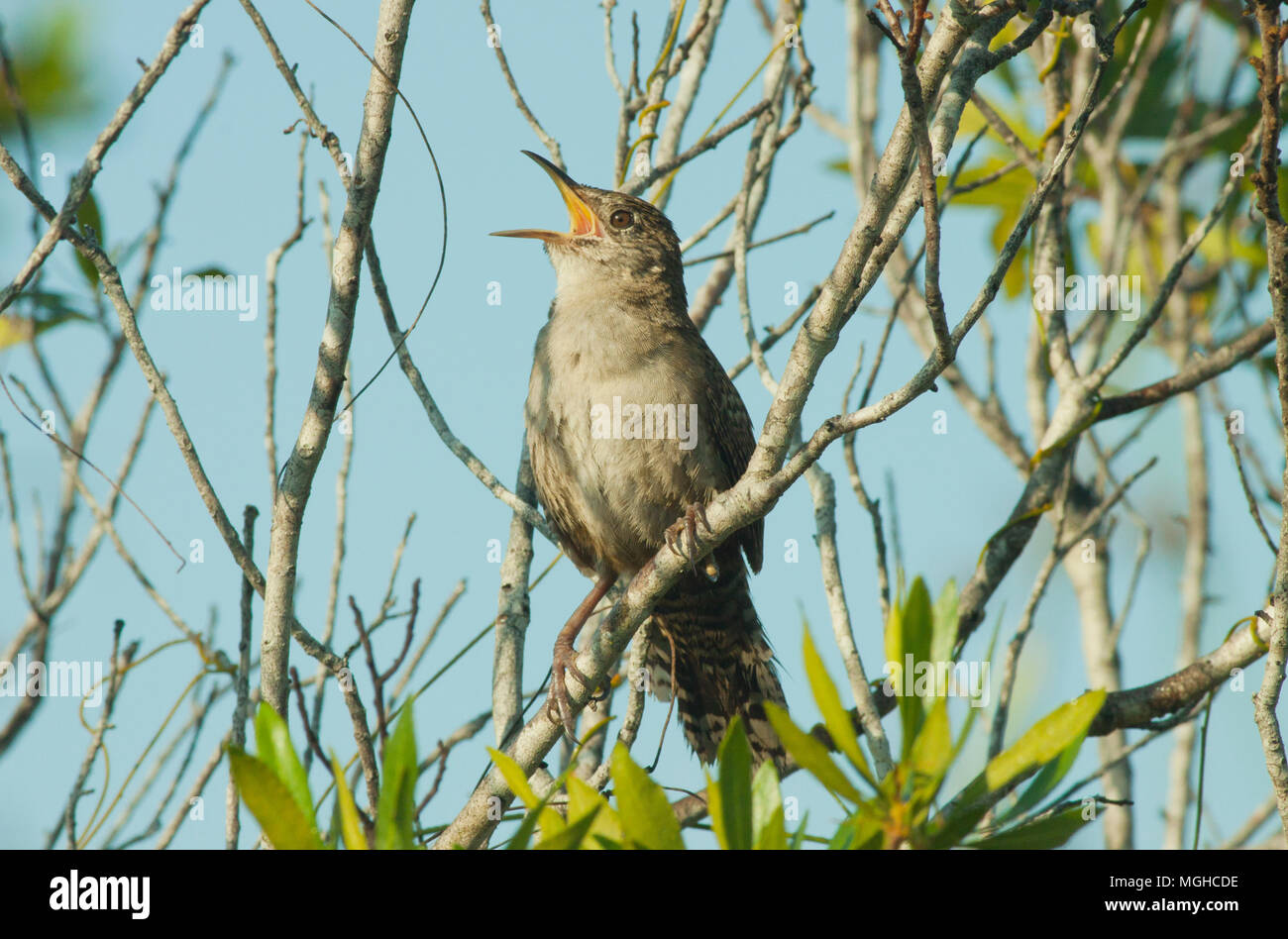 Zapata Wren (Ferminia cerverai) gefährdet, Zapata Sumpf, endemische Vogel zu Kuba Stockfotohttps://www.alamy.de/image-license-details/?v=1https://www.alamy.de/zapata-wren-ferminia-cerverai-gefahrdet-zapata-sumpf-endemische-vogel-zu-kuba-image182321146.html
Zapata Wren (Ferminia cerverai) gefährdet, Zapata Sumpf, endemische Vogel zu Kuba Stockfotohttps://www.alamy.de/image-license-details/?v=1https://www.alamy.de/zapata-wren-ferminia-cerverai-gefahrdet-zapata-sumpf-endemische-vogel-zu-kuba-image182321146.htmlRMMGHCDE–Zapata Wren (Ferminia cerverai) gefährdet, Zapata Sumpf, endemische Vogel zu Kuba
 Kubanische Boa (Epicrates Angulifer). Endemisch in Kuba. Größte wachsende Arten von Schlangen in Westindien. Potenziell gefährdet. Stockfotohttps://www.alamy.de/image-license-details/?v=1https://www.alamy.de/stockfoto-kubanische-boa-epicrates-angulifer-endemisch-in-kuba-grosste-wachsende-arten-von-schlangen-in-westindien-potenziell-gefahrdet-87618336.html
Kubanische Boa (Epicrates Angulifer). Endemisch in Kuba. Größte wachsende Arten von Schlangen in Westindien. Potenziell gefährdet. Stockfotohttps://www.alamy.de/image-license-details/?v=1https://www.alamy.de/stockfoto-kubanische-boa-epicrates-angulifer-endemisch-in-kuba-grosste-wachsende-arten-von-schlangen-in-westindien-potenziell-gefahrdet-87618336.htmlRMF2FA28–Kubanische Boa (Epicrates Angulifer). Endemisch in Kuba. Größte wachsende Arten von Schlangen in Westindien. Potenziell gefährdet.
 Oriente Warbler (Teretistris fornsi) ist eine von zwei Vogelarten der kubanischen Warbler-Familie Teretistridae. Sie ist endemisch in Kuba Stockfotohttps://www.alamy.de/image-license-details/?v=1https://www.alamy.de/oriente-warbler-teretistris-fornsi-ist-eine-von-zwei-vogelarten-der-kubanischen-warbler-familie-teretistridae-sie-ist-endemisch-in-kuba-image568835409.html
Oriente Warbler (Teretistris fornsi) ist eine von zwei Vogelarten der kubanischen Warbler-Familie Teretistridae. Sie ist endemisch in Kuba Stockfotohttps://www.alamy.de/image-license-details/?v=1https://www.alamy.de/oriente-warbler-teretistris-fornsi-ist-eine-von-zwei-vogelarten-der-kubanischen-warbler-familie-teretistridae-sie-ist-endemisch-in-kuba-image568835409.htmlRF2T1CKA9–Oriente Warbler (Teretistris fornsi) ist eine von zwei Vogelarten der kubanischen Warbler-Familie Teretistridae. Sie ist endemisch in Kuba
 Kubanischer Toddy (Todus multicolor), Erwachsener, auf einem Zweig sitzend, Najasa, Provinz Camaguey, Kuba Stockfotohttps://www.alamy.de/image-license-details/?v=1https://www.alamy.de/kubanischer-toddy-todus-multicolor-erwachsener-auf-einem-zweig-sitzend-najasa-provinz-camaguey-kuba-image551240511.html
Kubanischer Toddy (Todus multicolor), Erwachsener, auf einem Zweig sitzend, Najasa, Provinz Camaguey, Kuba Stockfotohttps://www.alamy.de/image-license-details/?v=1https://www.alamy.de/kubanischer-toddy-todus-multicolor-erwachsener-auf-einem-zweig-sitzend-najasa-provinz-camaguey-kuba-image551240511.htmlRM2R0R4W3–Kubanischer Toddy (Todus multicolor), Erwachsener, auf einem Zweig sitzend, Najasa, Provinz Camaguey, Kuba
 KUBA - CIRCA 1984: Ein in Kuba gedruckter Stempel zeigt, dass das kubanische Solenodon, atopogale cubana, ein kleines, pelziges Säugetier ist, das in Kuba endemisch ist, etwa 1984 Stockfotohttps://www.alamy.de/image-license-details/?v=1https://www.alamy.de/kuba-circa-1984-ein-in-kuba-gedruckter-stempel-zeigt-dass-das-kubanische-solenodon-atopogale-cubana-ein-kleines-pelziges-saugetier-ist-das-in-kuba-endemisch-ist-etwa-1984-image554558307.html
KUBA - CIRCA 1984: Ein in Kuba gedruckter Stempel zeigt, dass das kubanische Solenodon, atopogale cubana, ein kleines, pelziges Säugetier ist, das in Kuba endemisch ist, etwa 1984 Stockfotohttps://www.alamy.de/image-license-details/?v=1https://www.alamy.de/kuba-circa-1984-ein-in-kuba-gedruckter-stempel-zeigt-dass-das-kubanische-solenodon-atopogale-cubana-ein-kleines-pelziges-saugetier-ist-das-in-kuba-endemisch-ist-etwa-1984-image554558307.htmlRF2R668NR–KUBA - CIRCA 1984: Ein in Kuba gedruckter Stempel zeigt, dass das kubanische Solenodon, atopogale cubana, ein kleines, pelziges Säugetier ist, das in Kuba endemisch ist, etwa 1984
 Kuba Zapata Halbinsel, der Schweinebucht, Anolis Equestris (Arten ursprünglich endemisch auf Kuba) Stockfotohttps://www.alamy.de/image-license-details/?v=1https://www.alamy.de/stockfoto-kuba-zapata-halbinsel-der-schweinebucht-anolis-equestris-arten-ursprunglich-endemisch-auf-kuba-172806229.html
Kuba Zapata Halbinsel, der Schweinebucht, Anolis Equestris (Arten ursprünglich endemisch auf Kuba) Stockfotohttps://www.alamy.de/image-license-details/?v=1https://www.alamy.de/stockfoto-kuba-zapata-halbinsel-der-schweinebucht-anolis-equestris-arten-ursprunglich-endemisch-auf-kuba-172806229.htmlRMM14031–Kuba Zapata Halbinsel, der Schweinebucht, Anolis Equestris (Arten ursprünglich endemisch auf Kuba)
 Ein kubanisches Krokodil Crocodylus Rhombifer ist eine kleine Krokodilart, die in Kuba endemisch ist. Krokodilkopf aus nächster Nähe. Krokodile schwimmen im Wasser - Kopf hoch Stockfotohttps://www.alamy.de/image-license-details/?v=1https://www.alamy.de/ein-kubanisches-krokodil-crocodylus-rhombifer-ist-eine-kleine-krokodilart-die-in-kuba-endemisch-ist-krokodilkopf-aus-nachster-nahe-krokodile-schwimmen-im-wasser-kopf-hoch-image557527744.html
Ein kubanisches Krokodil Crocodylus Rhombifer ist eine kleine Krokodilart, die in Kuba endemisch ist. Krokodilkopf aus nächster Nähe. Krokodile schwimmen im Wasser - Kopf hoch Stockfotohttps://www.alamy.de/image-license-details/?v=1https://www.alamy.de/ein-kubanisches-krokodil-crocodylus-rhombifer-ist-eine-kleine-krokodilart-die-in-kuba-endemisch-ist-krokodilkopf-aus-nachster-nahe-krokodile-schwimmen-im-wasser-kopf-hoch-image557527744.htmlRF2RB1G94–Ein kubanisches Krokodil Crocodylus Rhombifer ist eine kleine Krokodilart, die in Kuba endemisch ist. Krokodilkopf aus nächster Nähe. Krokodile schwimmen im Wasser - Kopf hoch
 Die endemisch, hochgradig gefährdeten Blue-headed Quail-Dove (Starnoenas cyanocephala) können in der Nähe von bermejas gesehen sehr früh in den Morgen. Zapata, Kuba Stockfotohttps://www.alamy.de/image-license-details/?v=1https://www.alamy.de/die-endemisch-hochgradig-gefahrdeten-blue-headed-quail-dove-starnoenas-cyanocephala-konnen-in-der-nahe-von-bermejas-gesehen-sehr-fruh-in-den-morgen-zapata-kuba-image222232971.html
Die endemisch, hochgradig gefährdeten Blue-headed Quail-Dove (Starnoenas cyanocephala) können in der Nähe von bermejas gesehen sehr früh in den Morgen. Zapata, Kuba Stockfotohttps://www.alamy.de/image-license-details/?v=1https://www.alamy.de/die-endemisch-hochgradig-gefahrdeten-blue-headed-quail-dove-starnoenas-cyanocephala-konnen-in-der-nahe-von-bermejas-gesehen-sehr-fruh-in-den-morgen-zapata-kuba-image222232971.htmlRMPWFGBR–Die endemisch, hochgradig gefährdeten Blue-headed Quail-Dove (Starnoenas cyanocephala) können in der Nähe von bermejas gesehen sehr früh in den Morgen. Zapata, Kuba
 Kubanischer Smaragd (Chlorostylbon Ricordii) - Nationalpark der Halbinsel Zapata / Zapata-Sumpf, Kuba Stockfotohttps://www.alamy.de/image-license-details/?v=1https://www.alamy.de/kubanischer-smaragd-chlorostylbon-ricordii-nationalpark-der-halbinsel-zapata-zapata-sumpf-kuba-image385749577.html
Kubanischer Smaragd (Chlorostylbon Ricordii) - Nationalpark der Halbinsel Zapata / Zapata-Sumpf, Kuba Stockfotohttps://www.alamy.de/image-license-details/?v=1https://www.alamy.de/kubanischer-smaragd-chlorostylbon-ricordii-nationalpark-der-halbinsel-zapata-zapata-sumpf-kuba-image385749577.htmlRF2DBGBEH–Kubanischer Smaragd (Chlorostylbon Ricordii) - Nationalpark der Halbinsel Zapata / Zapata-Sumpf, Kuba
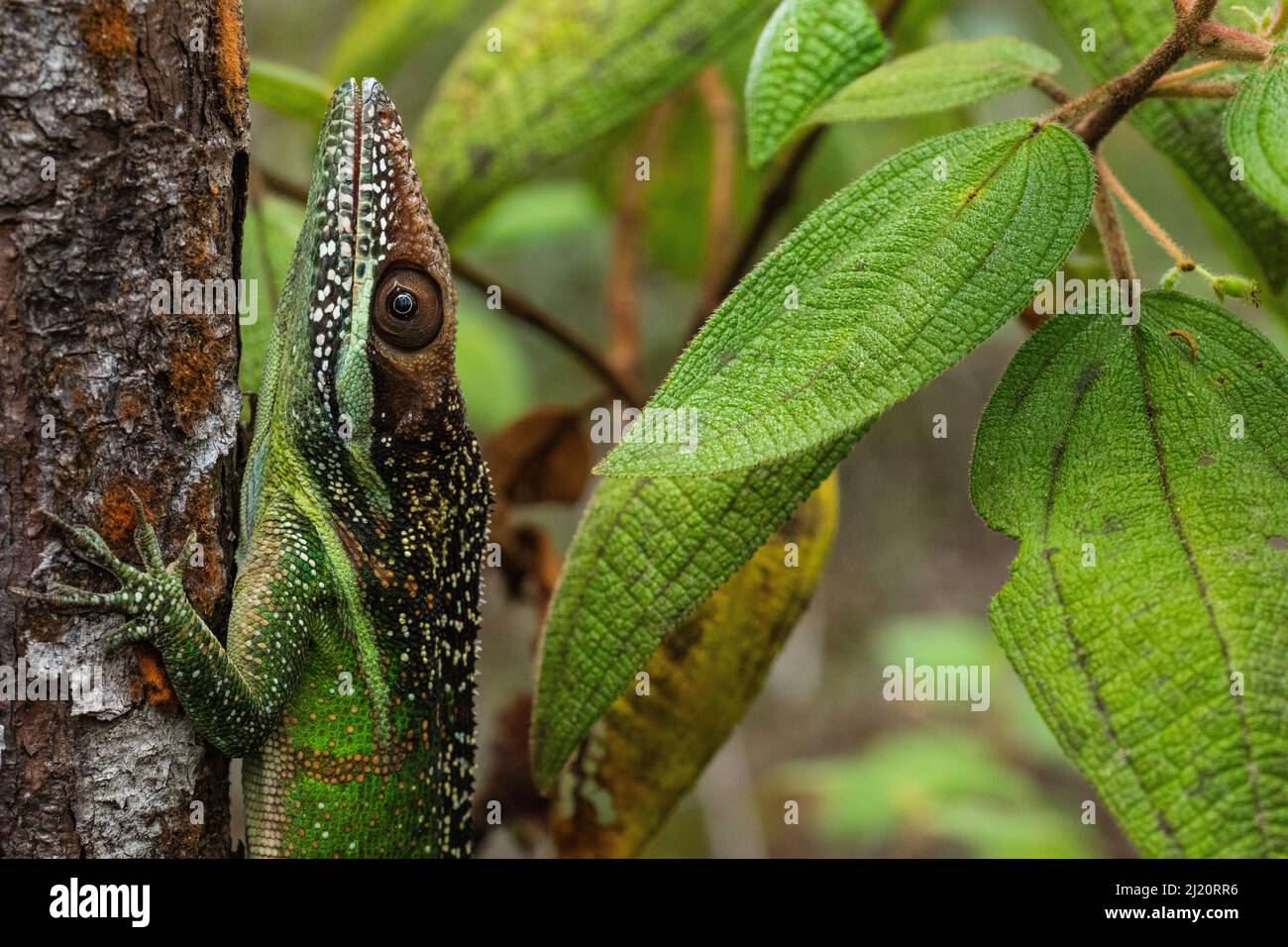 Baracoa anole (Anolis baracoae) Humboldt-Nationalpark. Endemisch in Kuba. Stockfotohttps://www.alamy.de/image-license-details/?v=1https://www.alamy.de/baracoa-anole-anolis-baracoae-humboldt-nationalpark-endemisch-in-kuba-image465927930.html
Baracoa anole (Anolis baracoae) Humboldt-Nationalpark. Endemisch in Kuba. Stockfotohttps://www.alamy.de/image-license-details/?v=1https://www.alamy.de/baracoa-anole-anolis-baracoae-humboldt-nationalpark-endemisch-in-kuba-image465927930.htmlRM2J20RR6–Baracoa anole (Anolis baracoae) Humboldt-Nationalpark. Endemisch in Kuba.
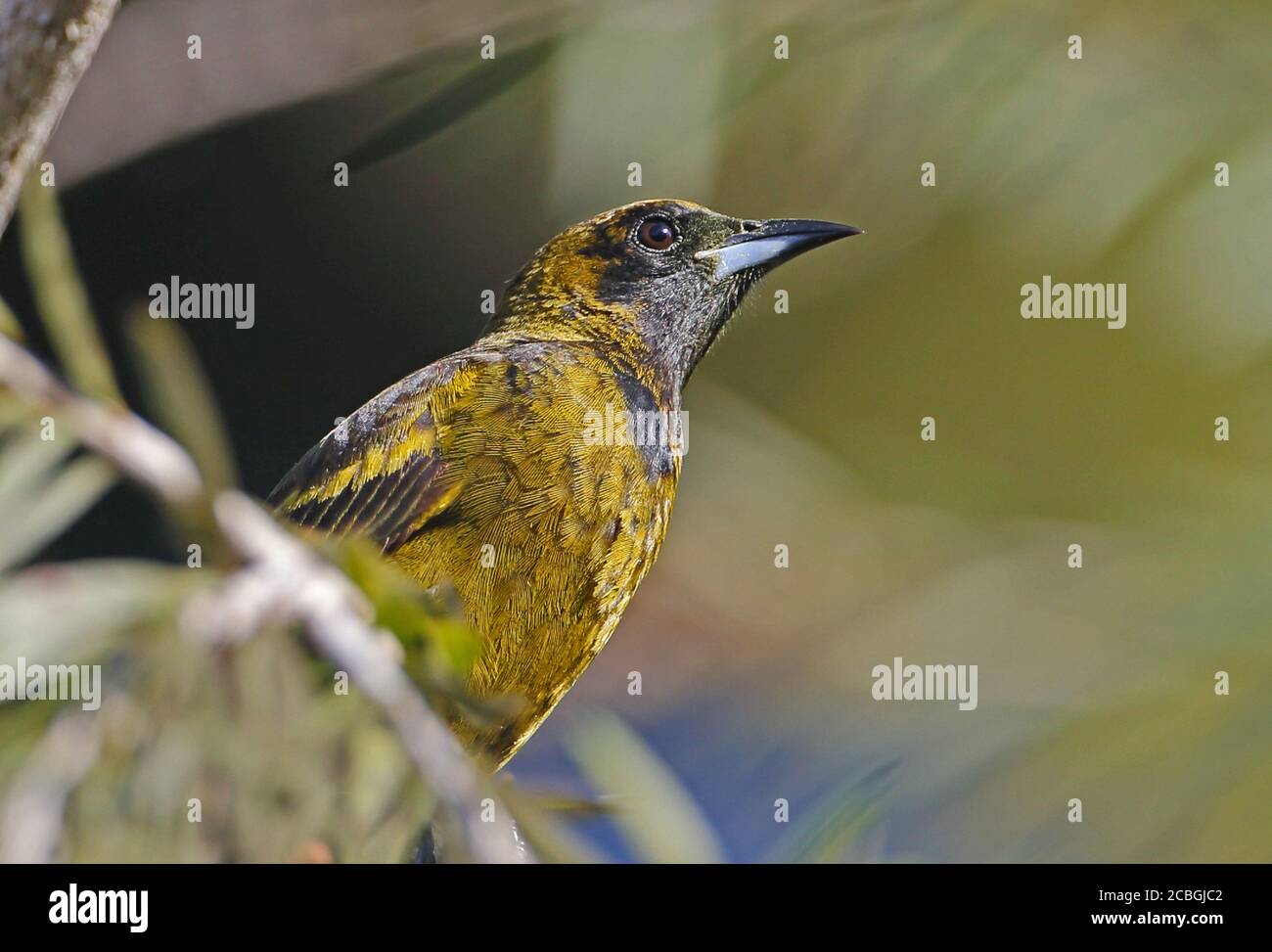 Kubanischer Oriole (Icterus melanopsis) Nahaufnahme der unreifen (kubanischen endemischen) Halbinsel Zapata, Kuba März Stockfotohttps://www.alamy.de/image-license-details/?v=1https://www.alamy.de/kubanischer-oriole-icterus-melanopsis-nahaufnahme-der-unreifen-kubanischen-endemischen-halbinsel-zapata-kuba-marz-image368544626.html
Kubanischer Oriole (Icterus melanopsis) Nahaufnahme der unreifen (kubanischen endemischen) Halbinsel Zapata, Kuba März Stockfotohttps://www.alamy.de/image-license-details/?v=1https://www.alamy.de/kubanischer-oriole-icterus-melanopsis-nahaufnahme-der-unreifen-kubanischen-endemischen-halbinsel-zapata-kuba-marz-image368544626.htmlRF2CBGJC2–Kubanischer Oriole (Icterus melanopsis) Nahaufnahme der unreifen (kubanischen endemischen) Halbinsel Zapata, Kuba März
 Westbärtige Anole, Anolis barbatus, in Kuba endemisches Echsenreptil. Eidechse in der Natur sark Habitat, sitzt auf dem Baum Ast. Tierwelt in Cen Stockfotohttps://www.alamy.de/image-license-details/?v=1https://www.alamy.de/westbartige-anole-anolis-barbatus-in-kuba-endemisches-echsenreptil-eidechse-in-der-natur-sark-habitat-sitzt-auf-dem-baum-ast-tierwelt-in-cen-image466024698.html
Westbärtige Anole, Anolis barbatus, in Kuba endemisches Echsenreptil. Eidechse in der Natur sark Habitat, sitzt auf dem Baum Ast. Tierwelt in Cen Stockfotohttps://www.alamy.de/image-license-details/?v=1https://www.alamy.de/westbartige-anole-anolis-barbatus-in-kuba-endemisches-echsenreptil-eidechse-in-der-natur-sark-habitat-sitzt-auf-dem-baum-ast-tierwelt-in-cen-image466024698.htmlRF2J25776–Westbärtige Anole, Anolis barbatus, in Kuba endemisches Echsenreptil. Eidechse in der Natur sark Habitat, sitzt auf dem Baum Ast. Tierwelt in Cen
 Am Eingang des Alejandro de Humboldt-Nationalparks in Baracoa, Kuba, einem UNESCO-Weltkulturerbe Stockfotohttps://www.alamy.de/image-license-details/?v=1https://www.alamy.de/am-eingang-des-alejandro-de-humboldt-nationalparks-in-baracoa-kuba-einem-unesco-weltkulturerbe-image472793153.html
Am Eingang des Alejandro de Humboldt-Nationalparks in Baracoa, Kuba, einem UNESCO-Weltkulturerbe Stockfotohttps://www.alamy.de/image-license-details/?v=1https://www.alamy.de/am-eingang-des-alejandro-de-humboldt-nationalparks-in-baracoa-kuba-einem-unesco-weltkulturerbe-image472793153.htmlRF2JD5GDN–Am Eingang des Alejandro de Humboldt-Nationalparks in Baracoa, Kuba, einem UNESCO-Weltkulturerbe
 Kubanische Baumratte, Demarests Hutia (Capromys Pilorides) auf einem Ast Stockfotohttps://www.alamy.de/image-license-details/?v=1https://www.alamy.de/stockfoto-kubanische-baumratte-demarests-hutia-capromys-pilorides-auf-einem-ast-22319781.html
Kubanische Baumratte, Demarests Hutia (Capromys Pilorides) auf einem Ast Stockfotohttps://www.alamy.de/image-license-details/?v=1https://www.alamy.de/stockfoto-kubanische-baumratte-demarests-hutia-capromys-pilorides-auf-einem-ast-22319781.htmlRMB88N31–Kubanische Baumratte, Demarests Hutia (Capromys Pilorides) auf einem Ast
 Baracoae giant Anole (Anolis Baracoae), Kuba Stockfotohttps://www.alamy.de/image-license-details/?v=1https://www.alamy.de/stockfoto-baracoae-giant-anole-anolis-baracoae-kuba-113524801.html
Baracoae giant Anole (Anolis Baracoae), Kuba Stockfotohttps://www.alamy.de/image-license-details/?v=1https://www.alamy.de/stockfoto-baracoae-giant-anole-anolis-baracoae-kuba-113524801.htmlRFGGKE15–Baracoae giant Anole (Anolis Baracoae), Kuba
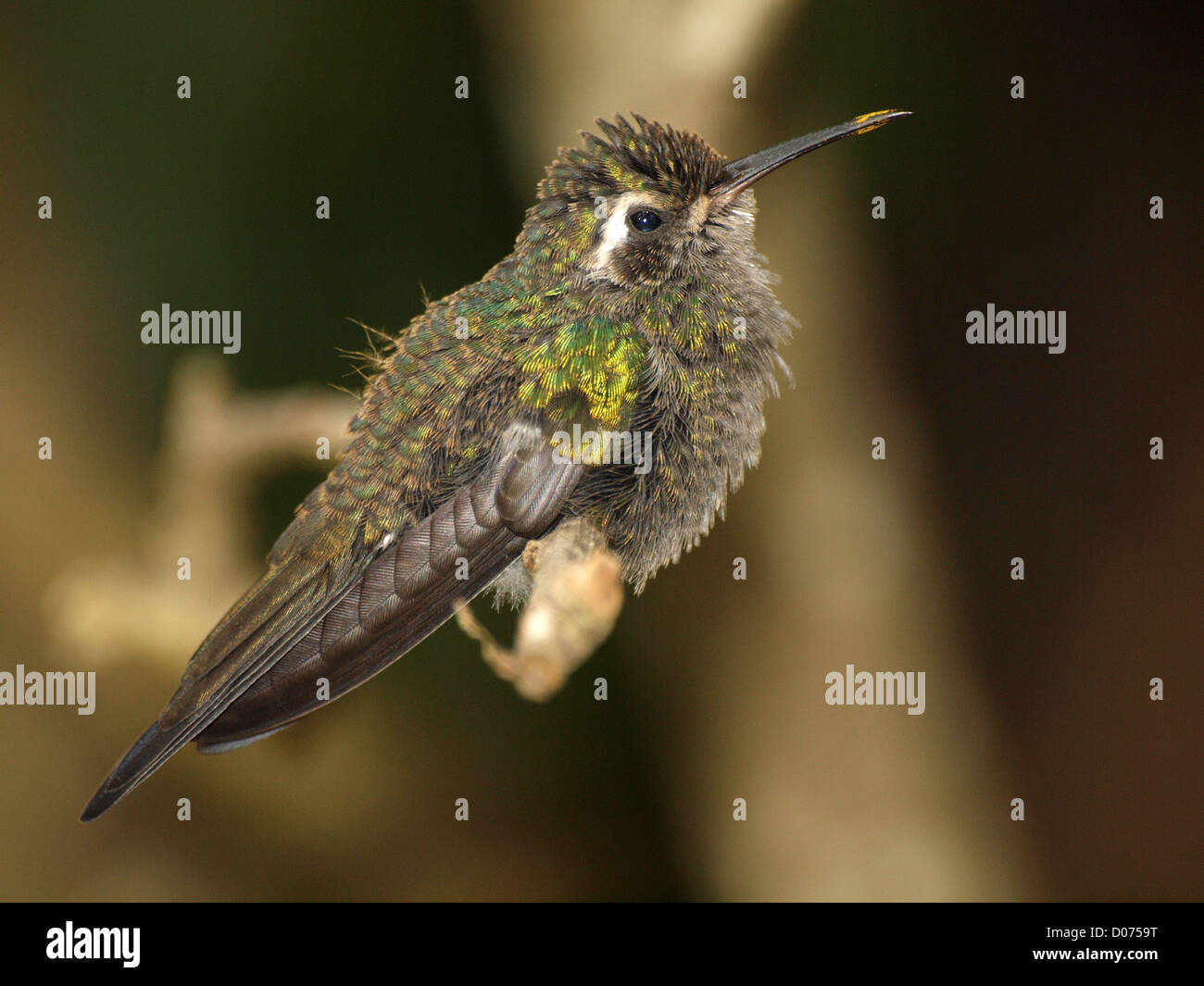 Juvenile kubanischen Emerald (Chlorostilbon ricordii) Kolibri endemisch auf Kuba stellt schön für die Linse der Kamera im Profil Stockfotohttps://www.alamy.de/image-license-details/?v=1https://www.alamy.de/stockfoto-juvenile-kubanischen-emerald-chlorostilbon-ricordii-kolibri-endemisch-auf-kuba-stellt-schon-fur-die-linse-der-kamera-im-profil-51788964.html
Juvenile kubanischen Emerald (Chlorostilbon ricordii) Kolibri endemisch auf Kuba stellt schön für die Linse der Kamera im Profil Stockfotohttps://www.alamy.de/image-license-details/?v=1https://www.alamy.de/stockfoto-juvenile-kubanischen-emerald-chlorostilbon-ricordii-kolibri-endemisch-auf-kuba-stellt-schon-fur-die-linse-der-kamera-im-profil-51788964.htmlRMD0759T–Juvenile kubanischen Emerald (Chlorostilbon ricordii) Kolibri endemisch auf Kuba stellt schön für die Linse der Kamera im Profil
 Die kubanische Silberpalme (Coccothrinax litoralis) ist eine in Kuba endemische Palme. Stockfotohttps://www.alamy.de/image-license-details/?v=1https://www.alamy.de/die-kubanische-silberpalme-coccothrinax-litoralis-ist-eine-in-kuba-endemische-palme-image618999669.html
Die kubanische Silberpalme (Coccothrinax litoralis) ist eine in Kuba endemische Palme. Stockfotohttps://www.alamy.de/image-license-details/?v=1https://www.alamy.de/die-kubanische-silberpalme-coccothrinax-litoralis-ist-eine-in-kuba-endemische-palme-image618999669.htmlRF2XY1TB1–Die kubanische Silberpalme (Coccothrinax litoralis) ist eine in Kuba endemische Palme.
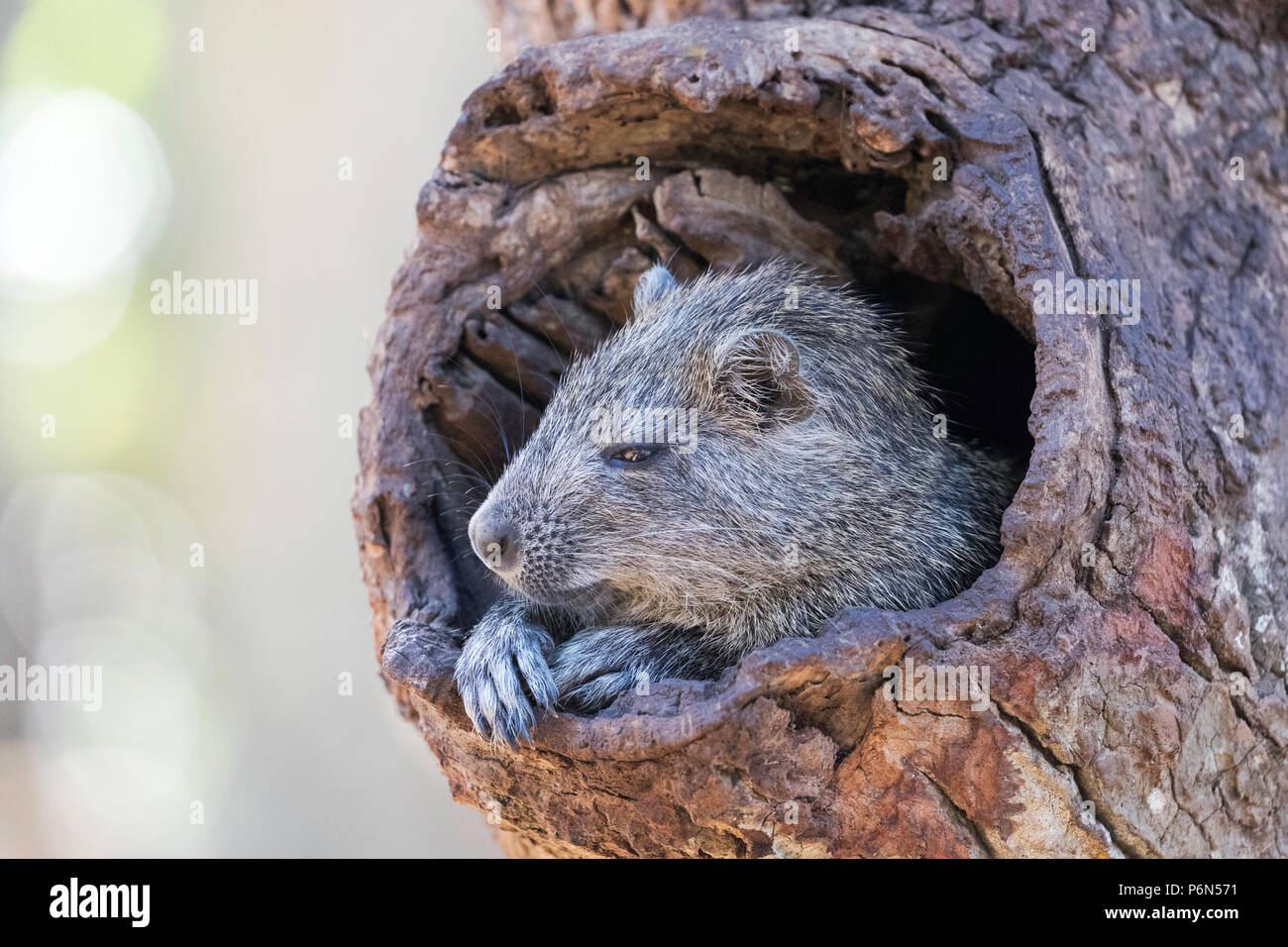 Die Unverlierbaren Desmarest hutia, Capromys pilorides, Kubanische hutia, ist eine Nagetierart aus endemisch auf Kuba Stockfotohttps://www.alamy.de/image-license-details/?v=1https://www.alamy.de/die-unverlierbaren-desmarest-hutia-capromys-pilorides-kubanische-hutia-ist-eine-nagetierart-aus-endemisch-auf-kuba-image210677461.html
Die Unverlierbaren Desmarest hutia, Capromys pilorides, Kubanische hutia, ist eine Nagetierart aus endemisch auf Kuba Stockfotohttps://www.alamy.de/image-license-details/?v=1https://www.alamy.de/die-unverlierbaren-desmarest-hutia-capromys-pilorides-kubanische-hutia-ist-eine-nagetierart-aus-endemisch-auf-kuba-image210677461.htmlRMP6N571–Die Unverlierbaren Desmarest hutia, Capromys pilorides, Kubanische hutia, ist eine Nagetierart aus endemisch auf Kuba
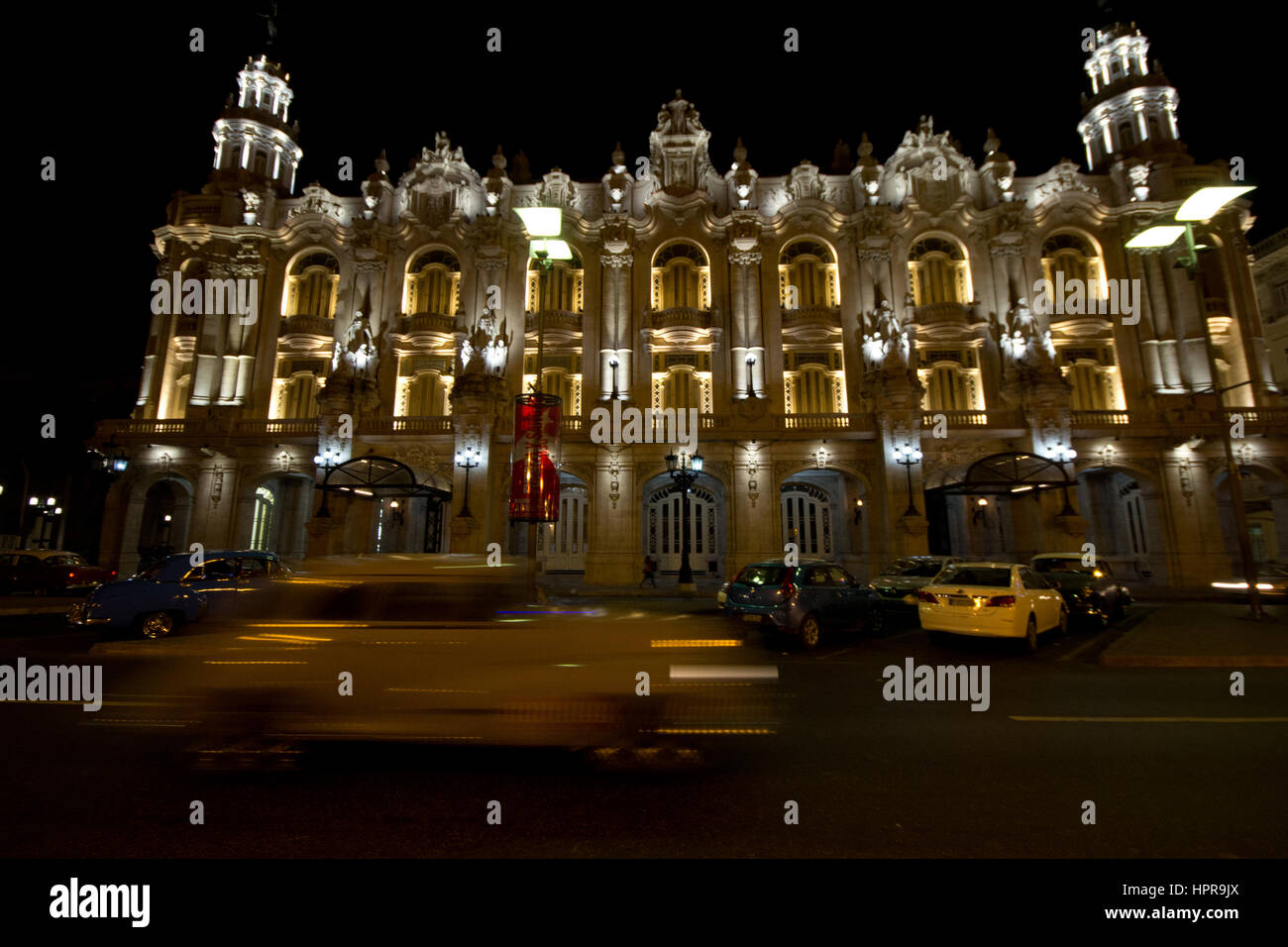 Eine Biene Kolibri, kleinsten Vogel der Welt, endemisch auf Kuba Stockfotohttps://www.alamy.de/image-license-details/?v=1https://www.alamy.de/stockfoto-eine-biene-kolibri-kleinsten-vogel-der-welt-endemisch-auf-kuba-134507490.html
Eine Biene Kolibri, kleinsten Vogel der Welt, endemisch auf Kuba Stockfotohttps://www.alamy.de/image-license-details/?v=1https://www.alamy.de/stockfoto-eine-biene-kolibri-kleinsten-vogel-der-welt-endemisch-auf-kuba-134507490.htmlRMHPR9JX–Eine Biene Kolibri, kleinsten Vogel der Welt, endemisch auf Kuba
 Zapata Wren (Ferminia cerverai) gefährdet, Zapata Sumpf, endemische Vogel zu Kuba Stockfotohttps://www.alamy.de/image-license-details/?v=1https://www.alamy.de/zapata-wren-ferminia-cerverai-gefahrdet-zapata-sumpf-endemische-vogel-zu-kuba-image182321130.html
Zapata Wren (Ferminia cerverai) gefährdet, Zapata Sumpf, endemische Vogel zu Kuba Stockfotohttps://www.alamy.de/image-license-details/?v=1https://www.alamy.de/zapata-wren-ferminia-cerverai-gefahrdet-zapata-sumpf-endemische-vogel-zu-kuba-image182321130.htmlRMMGHCCX–Zapata Wren (Ferminia cerverai) gefährdet, Zapata Sumpf, endemische Vogel zu Kuba
 Kubanische Boa (Epicrates Angulifer). Endemisch in Kuba. Größte wachsende Arten von Schlangen in Westindien. Potenziell gefährdet. Stockfotohttps://www.alamy.de/image-license-details/?v=1https://www.alamy.de/stockfoto-kubanische-boa-epicrates-angulifer-endemisch-in-kuba-grosste-wachsende-arten-von-schlangen-in-westindien-potenziell-gefahrdet-87618311.html
Kubanische Boa (Epicrates Angulifer). Endemisch in Kuba. Größte wachsende Arten von Schlangen in Westindien. Potenziell gefährdet. Stockfotohttps://www.alamy.de/image-license-details/?v=1https://www.alamy.de/stockfoto-kubanische-boa-epicrates-angulifer-endemisch-in-kuba-grosste-wachsende-arten-von-schlangen-in-westindien-potenziell-gefahrdet-87618311.htmlRMF2FA1B–Kubanische Boa (Epicrates Angulifer). Endemisch in Kuba. Größte wachsende Arten von Schlangen in Westindien. Potenziell gefährdet.
 Der kubanische Trogon oder tocororo (Priotelus temnurus) ist eine Vogelart aus der Familie der Trogonidae. Sie ist endemisch in Kuba Stockfotohttps://www.alamy.de/image-license-details/?v=1https://www.alamy.de/der-kubanische-trogon-oder-tocororo-priotelus-temnurus-ist-eine-vogelart-aus-der-familie-der-trogonidae-sie-ist-endemisch-in-kuba-image568835792.html
Der kubanische Trogon oder tocororo (Priotelus temnurus) ist eine Vogelart aus der Familie der Trogonidae. Sie ist endemisch in Kuba Stockfotohttps://www.alamy.de/image-license-details/?v=1https://www.alamy.de/der-kubanische-trogon-oder-tocororo-priotelus-temnurus-ist-eine-vogelart-aus-der-familie-der-trogonidae-sie-ist-endemisch-in-kuba-image568835792.htmlRF2T1CKT0–Der kubanische Trogon oder tocororo (Priotelus temnurus) ist eine Vogelart aus der Familie der Trogonidae. Sie ist endemisch in Kuba
 Kubanischer Trogon (Priotelus temnurus temnurus), Erwachsener, hoch oben auf einem Ast, La Belen, Provinz Camaguey, Kuba Stockfotohttps://www.alamy.de/image-license-details/?v=1https://www.alamy.de/kubanischer-trogon-priotelus-temnurus-temnurus-erwachsener-hoch-oben-auf-einem-ast-la-belen-provinz-camaguey-kuba-image551054124.html
Kubanischer Trogon (Priotelus temnurus temnurus), Erwachsener, hoch oben auf einem Ast, La Belen, Provinz Camaguey, Kuba Stockfotohttps://www.alamy.de/image-license-details/?v=1https://www.alamy.de/kubanischer-trogon-priotelus-temnurus-temnurus-erwachsener-hoch-oben-auf-einem-ast-la-belen-provinz-camaguey-kuba-image551054124.htmlRM2R0EK4C–Kubanischer Trogon (Priotelus temnurus temnurus), Erwachsener, hoch oben auf einem Ast, La Belen, Provinz Camaguey, Kuba
 Kubanischer Smaragd, endemischer Kolibri Kubas Stockfotohttps://www.alamy.de/image-license-details/?v=1https://www.alamy.de/kubanischer-smaragd-endemischer-kolibri-kubas-image466997382.html
Kubanischer Smaragd, endemischer Kolibri Kubas Stockfotohttps://www.alamy.de/image-license-details/?v=1https://www.alamy.de/kubanischer-smaragd-endemischer-kolibri-kubas-image466997382.htmlRF2J3NFWX–Kubanischer Smaragd, endemischer Kolibri Kubas
 Kuba Zapata Halbinsel, der Schweinebucht, Anolis Equestris (Arten ursprünglich endemisch auf Kuba) Stockfotohttps://www.alamy.de/image-license-details/?v=1https://www.alamy.de/stockfoto-kuba-zapata-halbinsel-der-schweinebucht-anolis-equestris-arten-ursprunglich-endemisch-auf-kuba-172806230.html
Kuba Zapata Halbinsel, der Schweinebucht, Anolis Equestris (Arten ursprünglich endemisch auf Kuba) Stockfotohttps://www.alamy.de/image-license-details/?v=1https://www.alamy.de/stockfoto-kuba-zapata-halbinsel-der-schweinebucht-anolis-equestris-arten-ursprunglich-endemisch-auf-kuba-172806230.htmlRMM14032–Kuba Zapata Halbinsel, der Schweinebucht, Anolis Equestris (Arten ursprünglich endemisch auf Kuba)
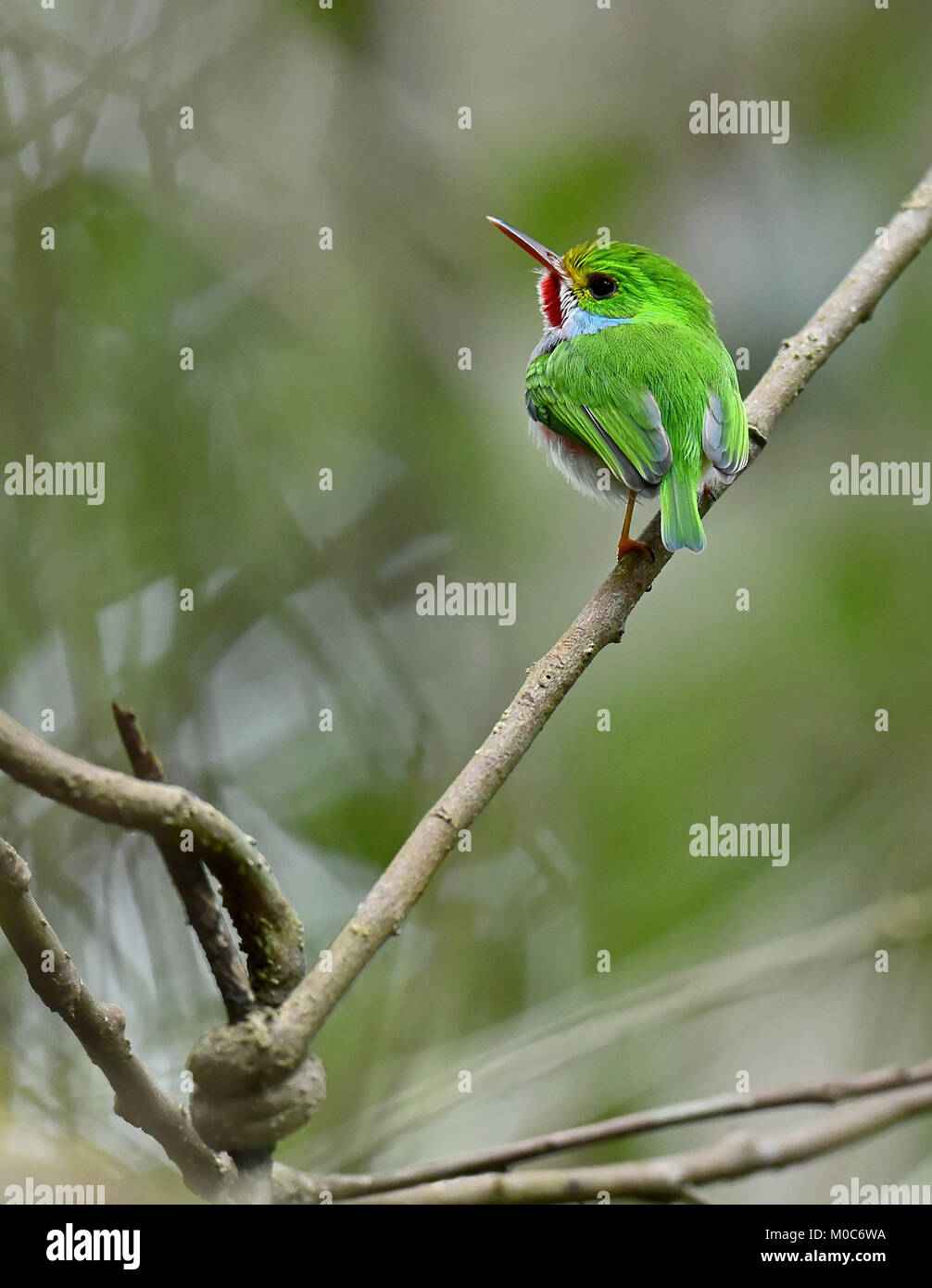 Kubanische Heute (Todus multicolor) eine endemische Art von Kuba Stockfotohttps://www.alamy.de/image-license-details/?v=1https://www.alamy.de/stockfoto-kubanische-heute-todus-multicolor-eine-endemische-art-von-kuba-172372518.html
Kubanische Heute (Todus multicolor) eine endemische Art von Kuba Stockfotohttps://www.alamy.de/image-license-details/?v=1https://www.alamy.de/stockfoto-kubanische-heute-todus-multicolor-eine-endemische-art-von-kuba-172372518.htmlRFM0C6WA–Kubanische Heute (Todus multicolor) eine endemische Art von Kuba
 Biene Kolibri (Mellisuga helenae), weiblich, thront. Kuba Stockfotohttps://www.alamy.de/image-license-details/?v=1https://www.alamy.de/biene-kolibri-mellisuga-helenae-weiblich-thront-kuba-image222735795.html
Biene Kolibri (Mellisuga helenae), weiblich, thront. Kuba Stockfotohttps://www.alamy.de/image-license-details/?v=1https://www.alamy.de/biene-kolibri-mellisuga-helenae-weiblich-thront-kuba-image222735795.htmlRMPXADNR–Biene Kolibri (Mellisuga helenae), weiblich, thront. Kuba
 Kubanischer Smaragd (Chlorostylbon Ricordii) - Nationalpark der Halbinsel Zapata / Zapata-Sumpf, Kuba Stockfotohttps://www.alamy.de/image-license-details/?v=1https://www.alamy.de/kubanischer-smaragd-chlorostylbon-ricordii-nationalpark-der-halbinsel-zapata-zapata-sumpf-kuba-image385749600.html
Kubanischer Smaragd (Chlorostylbon Ricordii) - Nationalpark der Halbinsel Zapata / Zapata-Sumpf, Kuba Stockfotohttps://www.alamy.de/image-license-details/?v=1https://www.alamy.de/kubanischer-smaragd-chlorostylbon-ricordii-nationalpark-der-halbinsel-zapata-zapata-sumpf-kuba-image385749600.htmlRF2DBGBFC–Kubanischer Smaragd (Chlorostylbon Ricordii) - Nationalpark der Halbinsel Zapata / Zapata-Sumpf, Kuba
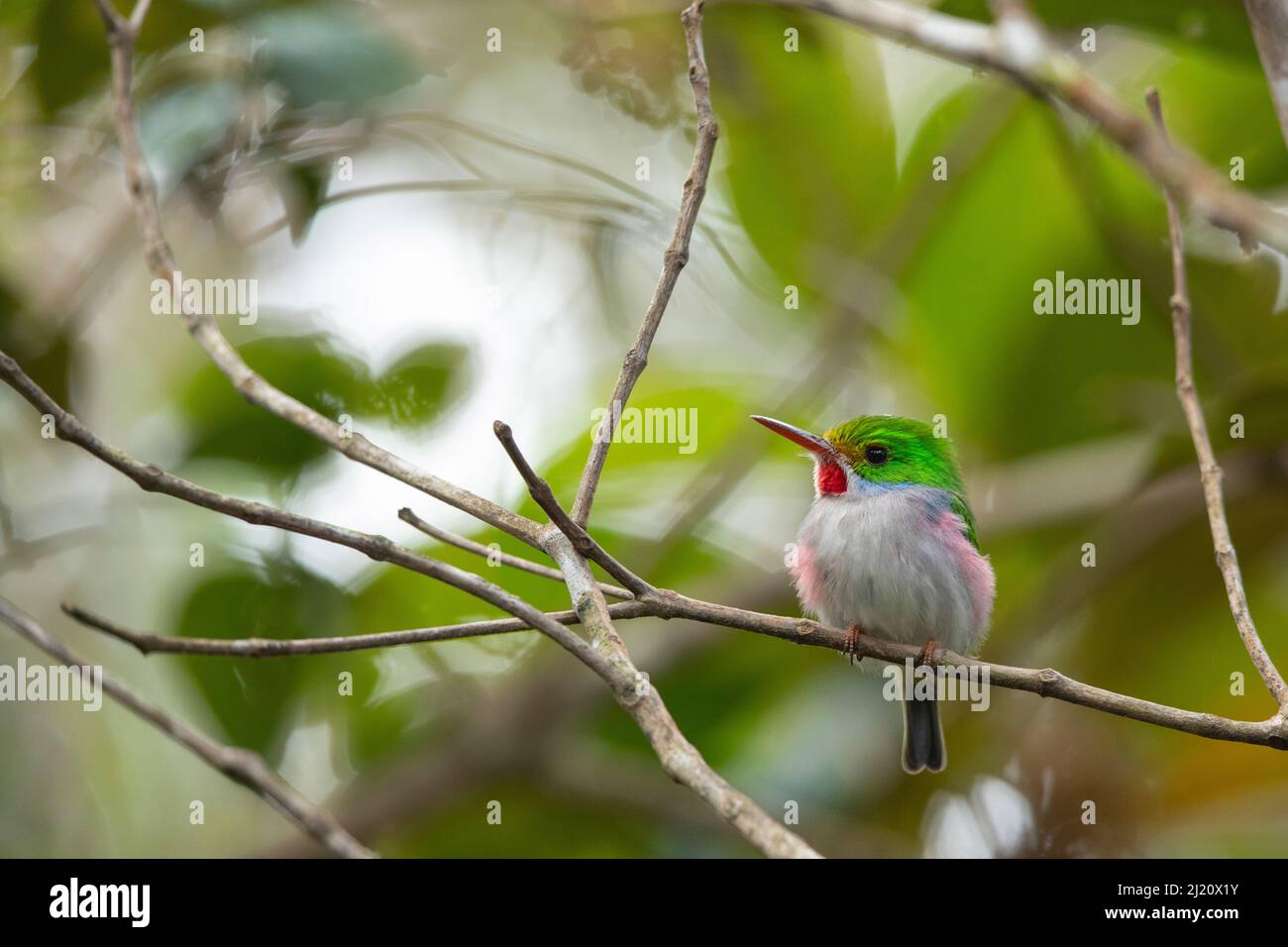 Kubanischer Tody (Todus multicolor). Endemisch in Kuba. Humboldt-Nationalpark, 2019. Stockfotohttps://www.alamy.de/image-license-details/?v=1https://www.alamy.de/kubanischer-tody-todus-multicolor-endemisch-in-kuba-humboldt-nationalpark-2019-image465929687.html
Kubanischer Tody (Todus multicolor). Endemisch in Kuba. Humboldt-Nationalpark, 2019. Stockfotohttps://www.alamy.de/image-license-details/?v=1https://www.alamy.de/kubanischer-tody-todus-multicolor-endemisch-in-kuba-humboldt-nationalpark-2019-image465929687.htmlRM2J20X1Y–Kubanischer Tody (Todus multicolor). Endemisch in Kuba. Humboldt-Nationalpark, 2019.
 Kubanischer Oriole (Icterus melanopsis) unreif, der sich in das Erwachsene Gefieder (kubanisch endemisch) einmausiert, Halbinsel Zapata, Kuba März Stockfotohttps://www.alamy.de/image-license-details/?v=1https://www.alamy.de/kubanischer-oriole-icterus-melanopsis-unreif-der-sich-in-das-erwachsene-gefieder-kubanisch-endemisch-einmausiert-halbinsel-zapata-kuba-marz-image368544536.html
Kubanischer Oriole (Icterus melanopsis) unreif, der sich in das Erwachsene Gefieder (kubanisch endemisch) einmausiert, Halbinsel Zapata, Kuba März Stockfotohttps://www.alamy.de/image-license-details/?v=1https://www.alamy.de/kubanischer-oriole-icterus-melanopsis-unreif-der-sich-in-das-erwachsene-gefieder-kubanisch-endemisch-einmausiert-halbinsel-zapata-kuba-marz-image368544536.htmlRF2CBGJ8T–Kubanischer Oriole (Icterus melanopsis) unreif, der sich in das Erwachsene Gefieder (kubanisch endemisch) einmausiert, Halbinsel Zapata, Kuba März
 Coccothrinax Crinita. Bobito Guano, Guano petate, Greis Palm Palma petate ist eine Palme, die endemisch auf Kuba ist. Stockfotohttps://www.alamy.de/image-license-details/?v=1https://www.alamy.de/stockfoto-coccothrinax-crinita-bobito-guano-guano-petate-greis-palm-palma-petate-ist-eine-palme-die-endemisch-auf-kuba-ist-99755000.html
Coccothrinax Crinita. Bobito Guano, Guano petate, Greis Palm Palma petate ist eine Palme, die endemisch auf Kuba ist. Stockfotohttps://www.alamy.de/image-license-details/?v=1https://www.alamy.de/stockfoto-coccothrinax-crinita-bobito-guano-guano-petate-greis-palm-palma-petate-ist-eine-palme-die-endemisch-auf-kuba-ist-99755000.htmlRFFP86EG–Coccothrinax Crinita. Bobito Guano, Guano petate, Greis Palm Palma petate ist eine Palme, die endemisch auf Kuba ist.
 Kubanische Krokodil (crocodylus rhombifer) kritisch bedrohte endemische Reptilien zu Kuba Stockfotohttps://www.alamy.de/image-license-details/?v=1https://www.alamy.de/stockfoto-kubanische-krokodil-crocodylus-rhombifer-kritisch-bedrohte-endemische-reptilien-zu-kuba-162164583.html
Kubanische Krokodil (crocodylus rhombifer) kritisch bedrohte endemische Reptilien zu Kuba Stockfotohttps://www.alamy.de/image-license-details/?v=1https://www.alamy.de/stockfoto-kubanische-krokodil-crocodylus-rhombifer-kritisch-bedrohte-endemische-reptilien-zu-kuba-162164583.htmlRFKBR6G7–Kubanische Krokodil (crocodylus rhombifer) kritisch bedrohte endemische Reptilien zu Kuba
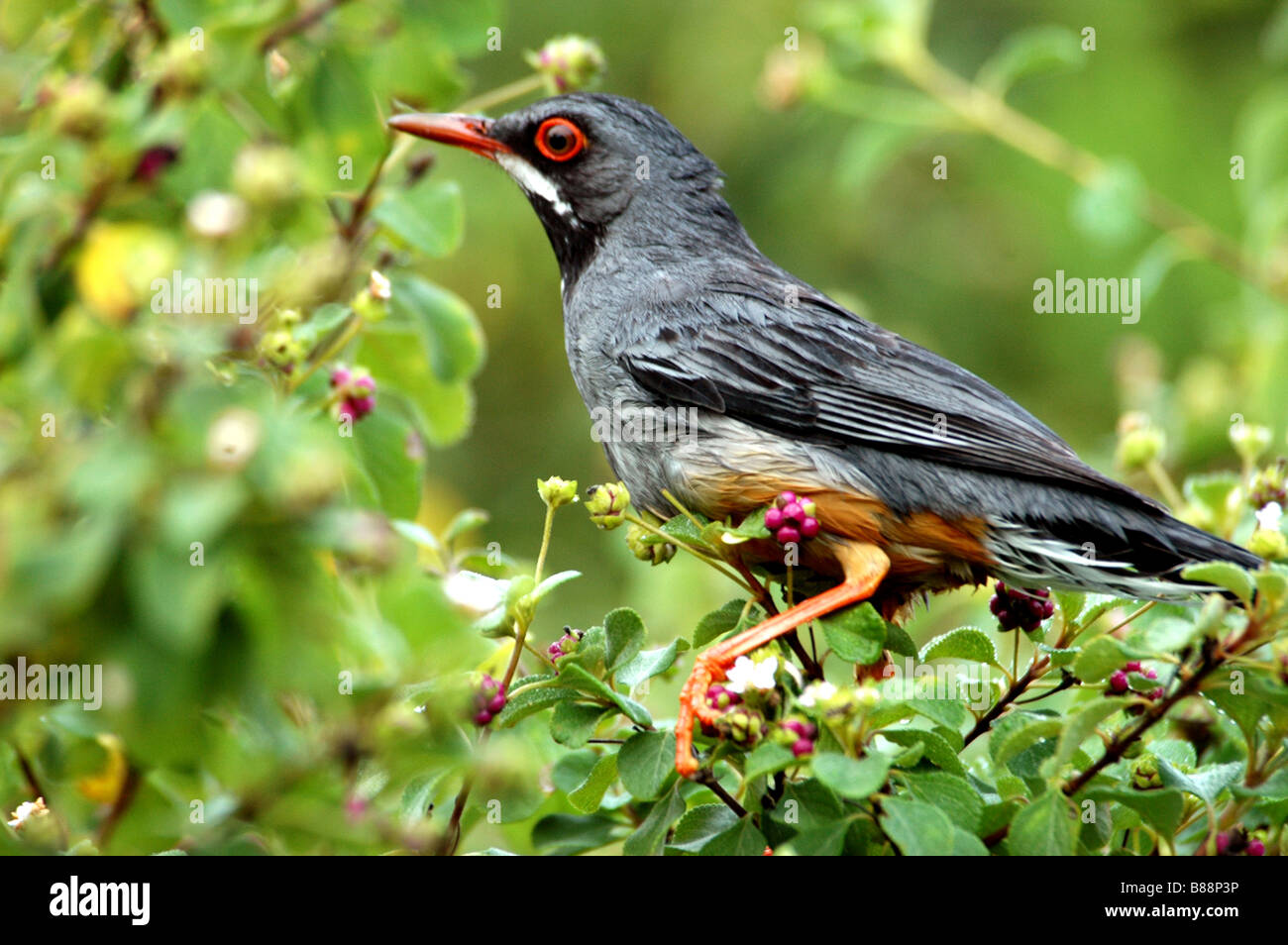 Roten Beinen Soor Kuba Variation Turdus Plumbeus Kuba Stockfotohttps://www.alamy.de/image-license-details/?v=1https://www.alamy.de/stockfoto-roten-beinen-soor-kuba-variation-turdus-plumbeus-kuba-22320586.html
Roten Beinen Soor Kuba Variation Turdus Plumbeus Kuba Stockfotohttps://www.alamy.de/image-license-details/?v=1https://www.alamy.de/stockfoto-roten-beinen-soor-kuba-variation-turdus-plumbeus-kuba-22320586.htmlRMB88P3P–Roten Beinen Soor Kuba Variation Turdus Plumbeus Kuba
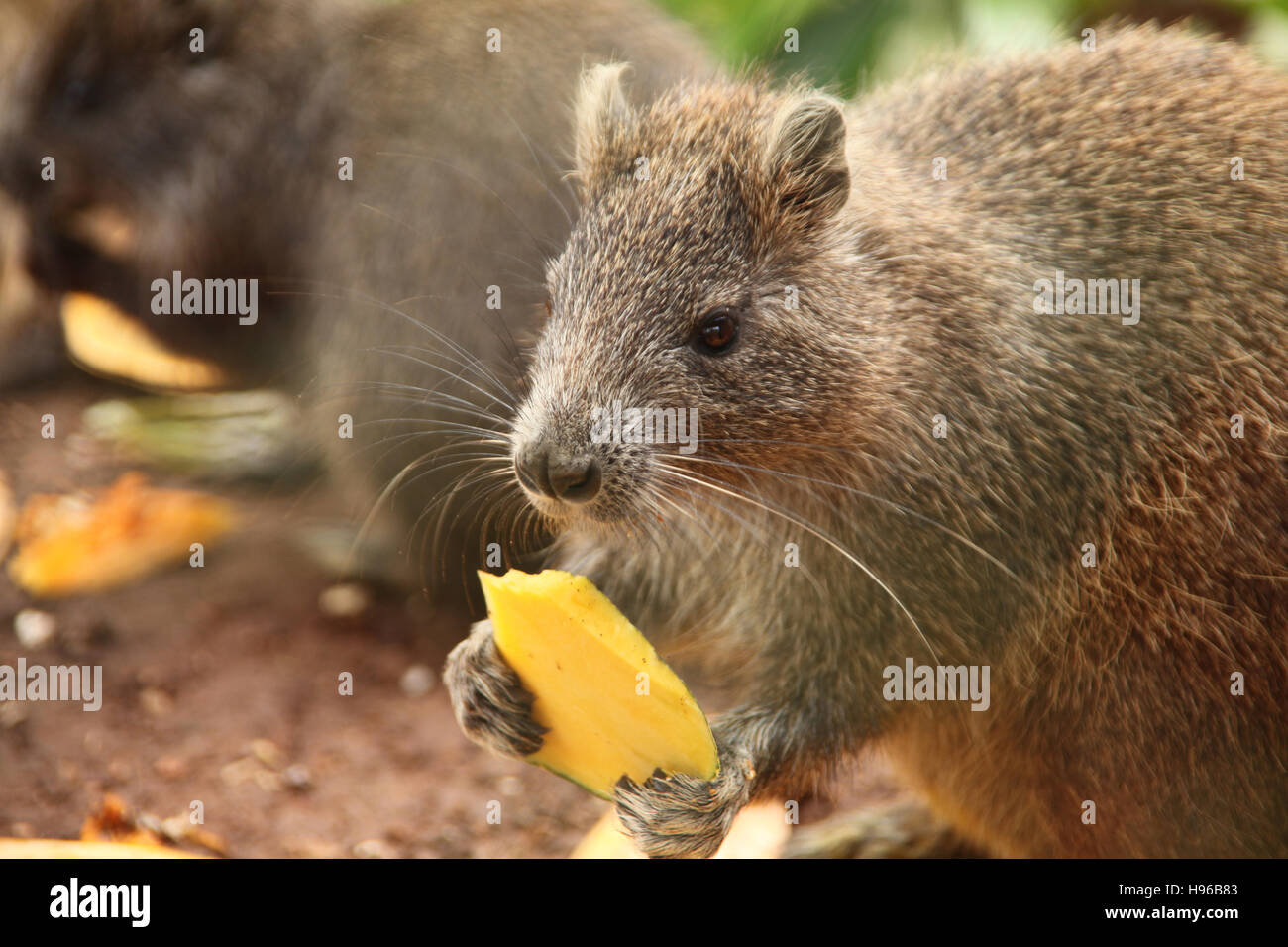 Ein Baumratte - Desmarest Baumratte (Capromys Pilorides), auch bekannt als die kubanischen Baumratte, Mango, Guama, Kuba, Caribbean Essen. Stockfotohttps://www.alamy.de/image-license-details/?v=1https://www.alamy.de/stockfoto-ein-baumratte-desmarest-baumratte-capromys-pilorides-auch-bekannt-als-die-kubanischen-baumratte-mango-guama-kuba-caribbean-essen-126145043.html
Ein Baumratte - Desmarest Baumratte (Capromys Pilorides), auch bekannt als die kubanischen Baumratte, Mango, Guama, Kuba, Caribbean Essen. Stockfotohttps://www.alamy.de/image-license-details/?v=1https://www.alamy.de/stockfoto-ein-baumratte-desmarest-baumratte-capromys-pilorides-auch-bekannt-als-die-kubanischen-baumratte-mango-guama-kuba-caribbean-essen-126145043.htmlRMH96B83–Ein Baumratte - Desmarest Baumratte (Capromys Pilorides), auch bekannt als die kubanischen Baumratte, Mango, Guama, Kuba, Caribbean Essen.
 Zum Trocknen hängende Tabakblätter, Valle de Vinales, Pinar del Rio, Kuba, Karibik Stockfotohttps://www.alamy.de/image-license-details/?v=1https://www.alamy.de/zum-trocknen-hangende-tabakblatter-valle-de-vinales-pinar-del-rio-kuba-karibik-image471704249.html
Zum Trocknen hängende Tabakblätter, Valle de Vinales, Pinar del Rio, Kuba, Karibik Stockfotohttps://www.alamy.de/image-license-details/?v=1https://www.alamy.de/zum-trocknen-hangende-tabakblatter-valle-de-vinales-pinar-del-rio-kuba-karibik-image471704249.htmlRM2JBBYG9–Zum Trocknen hängende Tabakblätter, Valle de Vinales, Pinar del Rio, Kuba, Karibik
 Der Calabash-Baum (Crescentia mirabilis) ist ein kleiner Baum, der in Kuba endemisch ist. Stockfotohttps://www.alamy.de/image-license-details/?v=1https://www.alamy.de/der-calabash-baum-crescentia-mirabilis-ist-ein-kleiner-baum-der-in-kuba-endemisch-ist-image628817320.html
Der Calabash-Baum (Crescentia mirabilis) ist ein kleiner Baum, der in Kuba endemisch ist. Stockfotohttps://www.alamy.de/image-license-details/?v=1https://www.alamy.de/der-calabash-baum-crescentia-mirabilis-ist-ein-kleiner-baum-der-in-kuba-endemisch-ist-image628817320.htmlRF2YF12WC–Der Calabash-Baum (Crescentia mirabilis) ist ein kleiner Baum, der in Kuba endemisch ist.
 Captive kubanische Krokodil, Crocodylus rhombifer, ist eine kleine Art von Krokodil endemisch auf Kuba Stockfotohttps://www.alamy.de/image-license-details/?v=1https://www.alamy.de/captive-kubanische-krokodil-crocodylus-rhombifer-ist-eine-kleine-art-von-krokodil-endemisch-auf-kuba-image210677498.html
Captive kubanische Krokodil, Crocodylus rhombifer, ist eine kleine Art von Krokodil endemisch auf Kuba Stockfotohttps://www.alamy.de/image-license-details/?v=1https://www.alamy.de/captive-kubanische-krokodil-crocodylus-rhombifer-ist-eine-kleine-art-von-krokodil-endemisch-auf-kuba-image210677498.htmlRMP6N58A–Captive kubanische Krokodil, Crocodylus rhombifer, ist eine kleine Art von Krokodil endemisch auf Kuba
 Eine Biene Kolibri, kleinsten Vogel der Welt, endemisch auf Kuba Stockfotohttps://www.alamy.de/image-license-details/?v=1https://www.alamy.de/stockfoto-eine-biene-kolibri-kleinsten-vogel-der-welt-endemisch-auf-kuba-134507258.html
Eine Biene Kolibri, kleinsten Vogel der Welt, endemisch auf Kuba Stockfotohttps://www.alamy.de/image-license-details/?v=1https://www.alamy.de/stockfoto-eine-biene-kolibri-kleinsten-vogel-der-welt-endemisch-auf-kuba-134507258.htmlRMHPR9AJ–Eine Biene Kolibri, kleinsten Vogel der Welt, endemisch auf Kuba
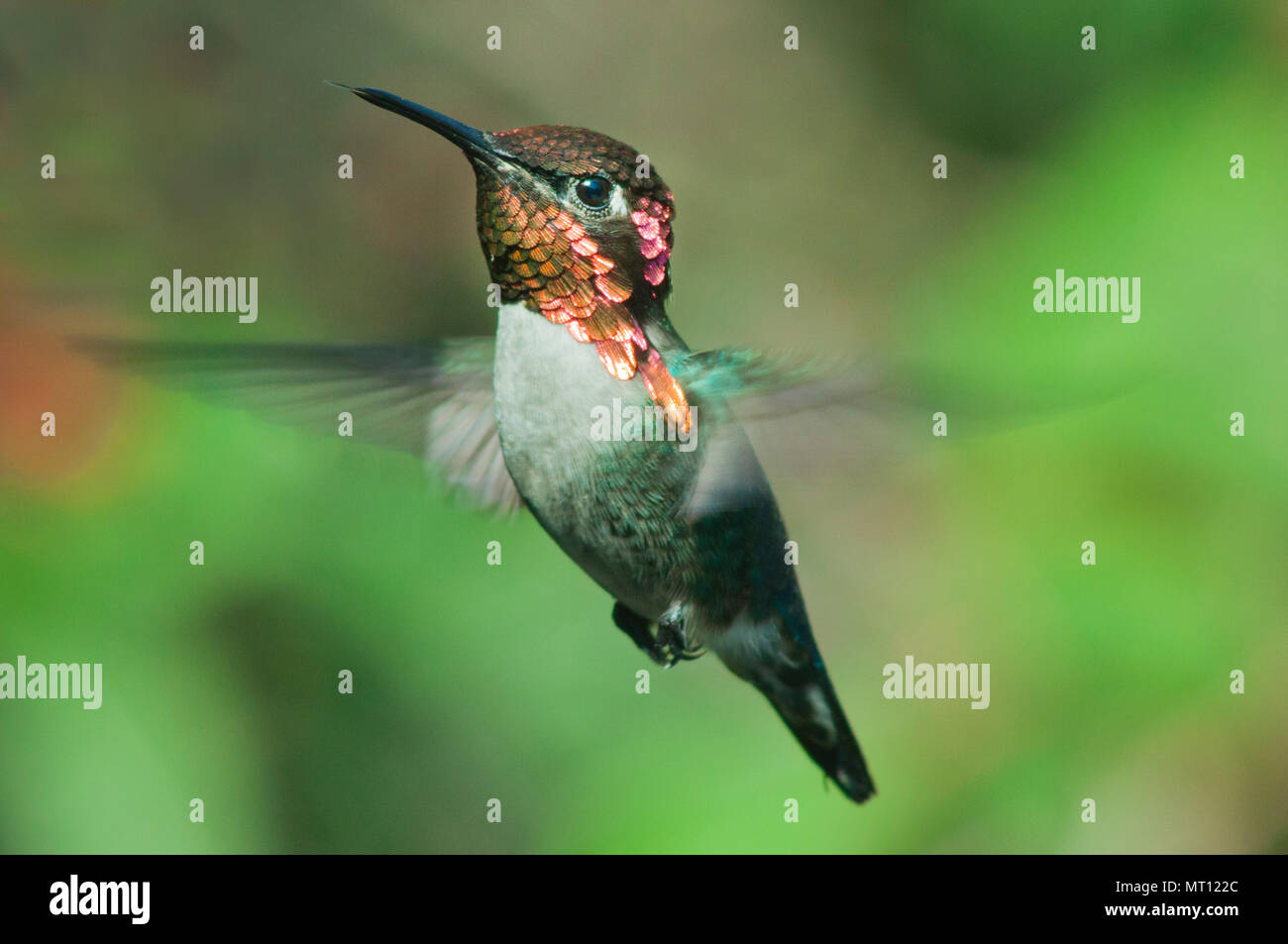 Der weltweit kleinste Vogel, Biene Kolibri (Mellisuga helenae) oder Zunzuncito. Schweben, Zapata Halbinsel, Kuba - endemische Stockfotohttps://www.alamy.de/image-license-details/?v=1https://www.alamy.de/der-weltweit-kleinste-vogel-biene-kolibri-mellisuga-helenae-oder-zunzuncito-schweben-zapata-halbinsel-kuba-endemische-image186879012.html
Der weltweit kleinste Vogel, Biene Kolibri (Mellisuga helenae) oder Zunzuncito. Schweben, Zapata Halbinsel, Kuba - endemische Stockfotohttps://www.alamy.de/image-license-details/?v=1https://www.alamy.de/der-weltweit-kleinste-vogel-biene-kolibri-mellisuga-helenae-oder-zunzuncito-schweben-zapata-halbinsel-kuba-endemische-image186879012.htmlRMMT122C–Der weltweit kleinste Vogel, Biene Kolibri (Mellisuga helenae) oder Zunzuncito. Schweben, Zapata Halbinsel, Kuba - endemische
 Kubanische Boa (Epicrates Angulifer). Endemisch in Kuba. Größte wachsende Arten von Schlangen in Westindien. Potenziell gefährdet. Stockfotohttps://www.alamy.de/image-license-details/?v=1https://www.alamy.de/stockfoto-kubanische-boa-epicrates-angulifer-endemisch-in-kuba-grosste-wachsende-arten-von-schlangen-in-westindien-potenziell-gefahrdet-87618316.html
Kubanische Boa (Epicrates Angulifer). Endemisch in Kuba. Größte wachsende Arten von Schlangen in Westindien. Potenziell gefährdet. Stockfotohttps://www.alamy.de/image-license-details/?v=1https://www.alamy.de/stockfoto-kubanische-boa-epicrates-angulifer-endemisch-in-kuba-grosste-wachsende-arten-von-schlangen-in-westindien-potenziell-gefahrdet-87618316.htmlRMF2FA1G–Kubanische Boa (Epicrates Angulifer). Endemisch in Kuba. Größte wachsende Arten von Schlangen in Westindien. Potenziell gefährdet.
 Der kubanische Trogon oder tocororo (Priotelus temnurus) ist eine Vogelart aus der Familie der Trogonidae. Sie ist endemisch in Kuba Stockfotohttps://www.alamy.de/image-license-details/?v=1https://www.alamy.de/der-kubanische-trogon-oder-tocororo-priotelus-temnurus-ist-eine-vogelart-aus-der-familie-der-trogonidae-sie-ist-endemisch-in-kuba-image568835789.html
Der kubanische Trogon oder tocororo (Priotelus temnurus) ist eine Vogelart aus der Familie der Trogonidae. Sie ist endemisch in Kuba Stockfotohttps://www.alamy.de/image-license-details/?v=1https://www.alamy.de/der-kubanische-trogon-oder-tocororo-priotelus-temnurus-ist-eine-vogelart-aus-der-familie-der-trogonidae-sie-ist-endemisch-in-kuba-image568835789.htmlRF2T1CKRW–Der kubanische Trogon oder tocororo (Priotelus temnurus) ist eine Vogelart aus der Familie der Trogonidae. Sie ist endemisch in Kuba
 Hotelanlage, Rezeption, Tonkrug, Schwangere Palmen (Colpothrinax wrightii), endemisch, Gartenanlage, Hotel Brisas, Playa St. Lucia, Camagueey Stockfotohttps://www.alamy.de/image-license-details/?v=1https://www.alamy.de/hotelanlage-rezeption-tonkrug-schwangere-palmen-colpothrinax-wrightii-endemisch-gartenanlage-hotel-brisas-playa-st-lucia-camagueey-image441230388.html
Hotelanlage, Rezeption, Tonkrug, Schwangere Palmen (Colpothrinax wrightii), endemisch, Gartenanlage, Hotel Brisas, Playa St. Lucia, Camagueey Stockfotohttps://www.alamy.de/image-license-details/?v=1https://www.alamy.de/hotelanlage-rezeption-tonkrug-schwangere-palmen-colpothrinax-wrightii-endemisch-gartenanlage-hotel-brisas-playa-st-lucia-camagueey-image441230388.htmlRM2GHRNT4–Hotelanlage, Rezeption, Tonkrug, Schwangere Palmen (Colpothrinax wrightii), endemisch, Gartenanlage, Hotel Brisas, Playa St. Lucia, Camagueey
 Kubanische Smaragd- und rote Blumen, endemischer Kolibri Kubas Stockfotohttps://www.alamy.de/image-license-details/?v=1https://www.alamy.de/kubanische-smaragd-und-rote-blumen-endemischer-kolibri-kubas-image466997379.html
Kubanische Smaragd- und rote Blumen, endemischer Kolibri Kubas Stockfotohttps://www.alamy.de/image-license-details/?v=1https://www.alamy.de/kubanische-smaragd-und-rote-blumen-endemischer-kolibri-kubas-image466997379.htmlRF2J3NFWR–Kubanische Smaragd- und rote Blumen, endemischer Kolibri Kubas
 Kuba Zapata Halbinsel, der Schweinebucht, Anolis Equestris (Arten ursprünglich endemisch auf Kuba) Stockfotohttps://www.alamy.de/image-license-details/?v=1https://www.alamy.de/stockfoto-kuba-zapata-halbinsel-der-schweinebucht-anolis-equestris-arten-ursprunglich-endemisch-auf-kuba-172806218.html
Kuba Zapata Halbinsel, der Schweinebucht, Anolis Equestris (Arten ursprünglich endemisch auf Kuba) Stockfotohttps://www.alamy.de/image-license-details/?v=1https://www.alamy.de/stockfoto-kuba-zapata-halbinsel-der-schweinebucht-anolis-equestris-arten-ursprunglich-endemisch-auf-kuba-172806218.htmlRMM1402J–Kuba Zapata Halbinsel, der Schweinebucht, Anolis Equestris (Arten ursprünglich endemisch auf Kuba)
 Kubanische Heute (Todus multicolor) eine endemische Art von Kuba Stockfotohttps://www.alamy.de/image-license-details/?v=1https://www.alamy.de/stockfoto-kubanische-heute-todus-multicolor-eine-endemische-art-von-kuba-172372499.html
Kubanische Heute (Todus multicolor) eine endemische Art von Kuba Stockfotohttps://www.alamy.de/image-license-details/?v=1https://www.alamy.de/stockfoto-kubanische-heute-todus-multicolor-eine-endemische-art-von-kuba-172372499.htmlRFM0C6TK–Kubanische Heute (Todus multicolor) eine endemische Art von Kuba
 Biene Kolibri (Mellisuga helenae), weiblich, thront. Kuba Stockfotohttps://www.alamy.de/image-license-details/?v=1https://www.alamy.de/biene-kolibri-mellisuga-helenae-weiblich-thront-kuba-image222735796.html
Biene Kolibri (Mellisuga helenae), weiblich, thront. Kuba Stockfotohttps://www.alamy.de/image-license-details/?v=1https://www.alamy.de/biene-kolibri-mellisuga-helenae-weiblich-thront-kuba-image222735796.htmlRMPXADNT–Biene Kolibri (Mellisuga helenae), weiblich, thront. Kuba
 Kubanischer Smaragd (Chlorostylbon Ricordii) - Nationalpark der Halbinsel Zapata / Zapata-Sumpf, Kuba Stockfotohttps://www.alamy.de/image-license-details/?v=1https://www.alamy.de/kubanischer-smaragd-chlorostylbon-ricordii-nationalpark-der-halbinsel-zapata-zapata-sumpf-kuba-image385749579.html
Kubanischer Smaragd (Chlorostylbon Ricordii) - Nationalpark der Halbinsel Zapata / Zapata-Sumpf, Kuba Stockfotohttps://www.alamy.de/image-license-details/?v=1https://www.alamy.de/kubanischer-smaragd-chlorostylbon-ricordii-nationalpark-der-halbinsel-zapata-zapata-sumpf-kuba-image385749579.htmlRF2DBGBEK–Kubanischer Smaragd (Chlorostylbon Ricordii) - Nationalpark der Halbinsel Zapata / Zapata-Sumpf, Kuba
 Kubanischer amazonaspapagei (Amazona leucocephala), mit Blättern spielend, endemisch in Kuba. Humboldt-Nationalpark, Kuba Stockfotohttps://www.alamy.de/image-license-details/?v=1https://www.alamy.de/kubanischer-amazonaspapagei-amazona-leucocephala-mit-blattern-spielend-endemisch-in-kuba-humboldt-nationalpark-kuba-image465927919.html
Kubanischer amazonaspapagei (Amazona leucocephala), mit Blättern spielend, endemisch in Kuba. Humboldt-Nationalpark, Kuba Stockfotohttps://www.alamy.de/image-license-details/?v=1https://www.alamy.de/kubanischer-amazonaspapagei-amazona-leucocephala-mit-blattern-spielend-endemisch-in-kuba-humboldt-nationalpark-kuba-image465927919.htmlRM2J20RPR–Kubanischer amazonaspapagei (Amazona leucocephala), mit Blättern spielend, endemisch in Kuba. Humboldt-Nationalpark, Kuba
 Cuban Crow (Corvus minutus) Erwachsener auf Zweig (kubanische endemische) La Belen, Kuba März Stockfotohttps://www.alamy.de/image-license-details/?v=1https://www.alamy.de/cuban-crow-corvus-minutus-erwachsener-auf-zweig-kubanische-endemische-la-belen-kuba-marz-image368451680.html
Cuban Crow (Corvus minutus) Erwachsener auf Zweig (kubanische endemische) La Belen, Kuba März Stockfotohttps://www.alamy.de/image-license-details/?v=1https://www.alamy.de/cuban-crow-corvus-minutus-erwachsener-auf-zweig-kubanische-endemische-la-belen-kuba-marz-image368451680.htmlRF2CBCBTG–Cuban Crow (Corvus minutus) Erwachsener auf Zweig (kubanische endemische) La Belen, Kuba März
 Endemische Vogel Arten kubanischen Grünspecht (Xiphidiopicus Percussus) thront auf einem Palm-Baumstamm in ihrem natürlichen Lebensraum im freien; Varadero, Kuba Stockfotohttps://www.alamy.de/image-license-details/?v=1https://www.alamy.de/stockfoto-endemische-vogel-arten-kubanischen-grunspecht-xiphidiopicus-percussus-thront-auf-einem-palm-baumstamm-in-ihrem-naturlichen-lebensraum-im-freien-varadero-kuba-96037944.html
Endemische Vogel Arten kubanischen Grünspecht (Xiphidiopicus Percussus) thront auf einem Palm-Baumstamm in ihrem natürlichen Lebensraum im freien; Varadero, Kuba Stockfotohttps://www.alamy.de/image-license-details/?v=1https://www.alamy.de/stockfoto-endemische-vogel-arten-kubanischen-grunspecht-xiphidiopicus-percussus-thront-auf-einem-palm-baumstamm-in-ihrem-naturlichen-lebensraum-im-freien-varadero-kuba-96037944.htmlRFFG6WAG–Endemische Vogel Arten kubanischen Grünspecht (Xiphidiopicus Percussus) thront auf einem Palm-Baumstamm in ihrem natürlichen Lebensraum im freien; Varadero, Kuba
 Kubanische Krokodil (crocodylus rhombifer) kritisch bedrohte endemische Reptilien zu Kuba Stockfotohttps://www.alamy.de/image-license-details/?v=1https://www.alamy.de/stockfoto-kubanische-krokodil-crocodylus-rhombifer-kritisch-bedrohte-endemische-reptilien-zu-kuba-162189274.html
Kubanische Krokodil (crocodylus rhombifer) kritisch bedrohte endemische Reptilien zu Kuba Stockfotohttps://www.alamy.de/image-license-details/?v=1https://www.alamy.de/stockfoto-kubanische-krokodil-crocodylus-rhombifer-kritisch-bedrohte-endemische-reptilien-zu-kuba-162189274.htmlRFKBTA22–Kubanische Krokodil (crocodylus rhombifer) kritisch bedrohte endemische Reptilien zu Kuba
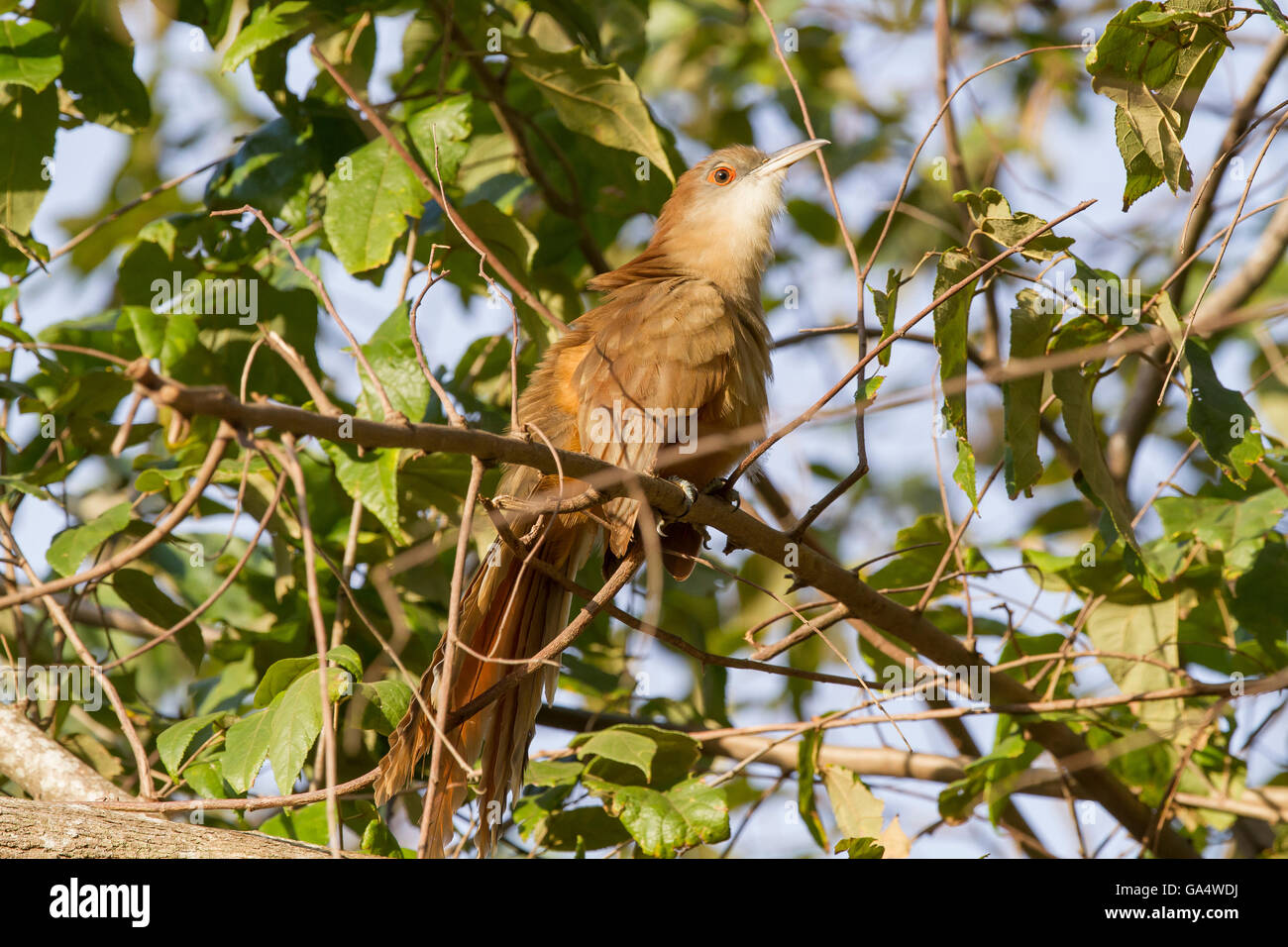 Große Eidechse-Kuckuck (Coccyzus Merlini) thront auf einem Ast in der Nähe von Hacienda La Belen, einer bewirtschafteten Ranch und Vogelbeobachtung Bereich, Kuba Stockfotohttps://www.alamy.de/image-license-details/?v=1https://www.alamy.de/stockfoto-grosse-eidechse-kuckuck-coccyzus-merlini-thront-auf-einem-ast-in-der-nahe-von-hacienda-la-belen-einer-bewirtschafteten-ranch-und-vogelbeobachtung-bereich-kuba-109516558.html
Große Eidechse-Kuckuck (Coccyzus Merlini) thront auf einem Ast in der Nähe von Hacienda La Belen, einer bewirtschafteten Ranch und Vogelbeobachtung Bereich, Kuba Stockfotohttps://www.alamy.de/image-license-details/?v=1https://www.alamy.de/stockfoto-grosse-eidechse-kuckuck-coccyzus-merlini-thront-auf-einem-ast-in-der-nahe-von-hacienda-la-belen-einer-bewirtschafteten-ranch-und-vogelbeobachtung-bereich-kuba-109516558.htmlRMGA4WDJ–Große Eidechse-Kuckuck (Coccyzus Merlini) thront auf einem Ast in der Nähe von Hacienda La Belen, einer bewirtschafteten Ranch und Vogelbeobachtung Bereich, Kuba
 Kubanische Krokodil ruht in den Schlamm, tun Guama, Santiago, Cuba, Kuba, Karibik. Stockfotohttps://www.alamy.de/image-license-details/?v=1https://www.alamy.de/stockfoto-kubanische-krokodil-ruht-in-den-schlamm-tun-guama-santiago-cuba-kuba-karibik-126176080.html
Kubanische Krokodil ruht in den Schlamm, tun Guama, Santiago, Cuba, Kuba, Karibik. Stockfotohttps://www.alamy.de/image-license-details/?v=1https://www.alamy.de/stockfoto-kubanische-krokodil-ruht-in-den-schlamm-tun-guama-santiago-cuba-kuba-karibik-126176080.htmlRMH97PTG–Kubanische Krokodil ruht in den Schlamm, tun Guama, Santiago, Cuba, Kuba, Karibik.
 Typische Vegetation der Mogoten im Vinales-Tal in Kuba Stockfotohttps://www.alamy.de/image-license-details/?v=1https://www.alamy.de/typische-vegetation-der-mogoten-im-vinales-tal-in-kuba-image350508990.html
Typische Vegetation der Mogoten im Vinales-Tal in Kuba Stockfotohttps://www.alamy.de/image-license-details/?v=1https://www.alamy.de/typische-vegetation-der-mogoten-im-vinales-tal-in-kuba-image350508990.htmlRF2BA71P6–Typische Vegetation der Mogoten im Vinales-Tal in Kuba
 Die kubanische Wachspalme (Copernicia hospita) ist eine in Kuba endemische Palme. Blumen. Stockfotohttps://www.alamy.de/image-license-details/?v=1https://www.alamy.de/die-kubanische-wachspalme-copernicia-hospita-ist-eine-in-kuba-endemische-palme-blumen-image618999684.html
Die kubanische Wachspalme (Copernicia hospita) ist eine in Kuba endemische Palme. Blumen. Stockfotohttps://www.alamy.de/image-license-details/?v=1https://www.alamy.de/die-kubanische-wachspalme-copernicia-hospita-ist-eine-in-kuba-endemische-palme-blumen-image618999684.htmlRF2XY1TBG–Die kubanische Wachspalme (Copernicia hospita) ist eine in Kuba endemische Palme. Blumen.
 Eine wilde nach Grau-fronted Wachtel, Taube, Geotrygon caniceps, Zapata Nationalpark, Kuba. Stockfotohttps://www.alamy.de/image-license-details/?v=1https://www.alamy.de/eine-wilde-nach-grau-fronted-wachtel-taube-geotrygon-caniceps-zapata-nationalpark-kuba-image187534681.html
Eine wilde nach Grau-fronted Wachtel, Taube, Geotrygon caniceps, Zapata Nationalpark, Kuba. Stockfotohttps://www.alamy.de/image-license-details/?v=1https://www.alamy.de/eine-wilde-nach-grau-fronted-wachtel-taube-geotrygon-caniceps-zapata-nationalpark-kuba-image187534681.htmlRMMW2XB5–Eine wilde nach Grau-fronted Wachtel, Taube, Geotrygon caniceps, Zapata Nationalpark, Kuba.
 Eine Biene Kolibri, kleinsten Vogel der Welt, endemisch auf Kuba Stockfotohttps://www.alamy.de/image-license-details/?v=1https://www.alamy.de/stockfoto-eine-biene-kolibri-kleinsten-vogel-der-welt-endemisch-auf-kuba-134507404.html
Eine Biene Kolibri, kleinsten Vogel der Welt, endemisch auf Kuba Stockfotohttps://www.alamy.de/image-license-details/?v=1https://www.alamy.de/stockfoto-eine-biene-kolibri-kleinsten-vogel-der-welt-endemisch-auf-kuba-134507404.htmlRMHPR9FT–Eine Biene Kolibri, kleinsten Vogel der Welt, endemisch auf Kuba
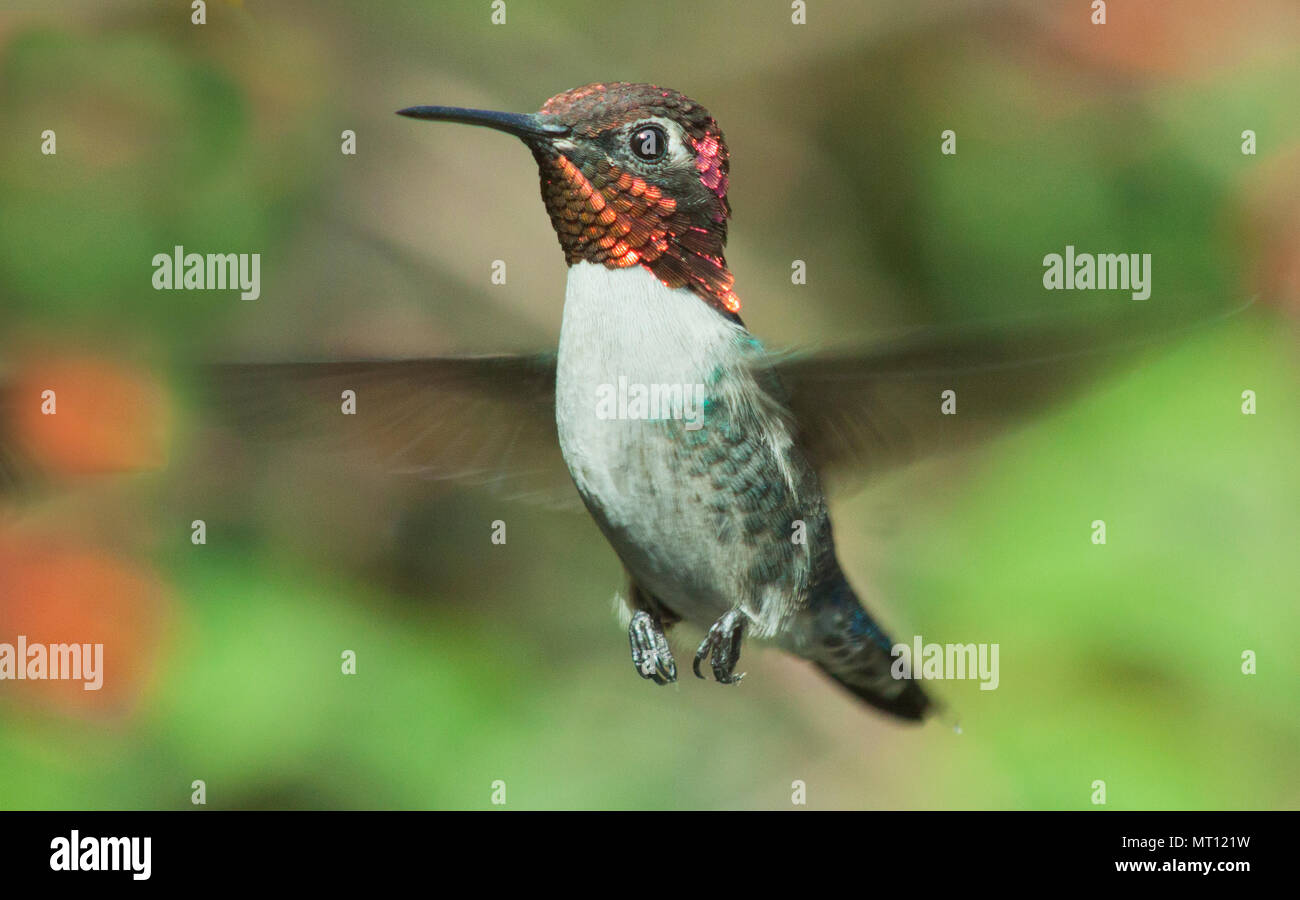 Der weltweit kleinste Vogel, Biene Kolibri (Mellisuga helenae) oder Zunzuncito. Schweben, Zapata Halbinsel, Kuba - endemische Stockfotohttps://www.alamy.de/image-license-details/?v=1https://www.alamy.de/der-weltweit-kleinste-vogel-biene-kolibri-mellisuga-helenae-oder-zunzuncito-schweben-zapata-halbinsel-kuba-endemische-image186878997.html
Der weltweit kleinste Vogel, Biene Kolibri (Mellisuga helenae) oder Zunzuncito. Schweben, Zapata Halbinsel, Kuba - endemische Stockfotohttps://www.alamy.de/image-license-details/?v=1https://www.alamy.de/der-weltweit-kleinste-vogel-biene-kolibri-mellisuga-helenae-oder-zunzuncito-schweben-zapata-halbinsel-kuba-endemische-image186878997.htmlRMMT121W–Der weltweit kleinste Vogel, Biene Kolibri (Mellisuga helenae) oder Zunzuncito. Schweben, Zapata Halbinsel, Kuba - endemische
 Kubanische Boa (Epicrates Angulifer). Endemisch in Kuba. Größte wachsende Arten von Schlangen in Westindien. Potenziell gefährdet. Stockfotohttps://www.alamy.de/image-license-details/?v=1https://www.alamy.de/stockfoto-kubanische-boa-epicrates-angulifer-endemisch-in-kuba-grosste-wachsende-arten-von-schlangen-in-westindien-potenziell-gefahrdet-87618331.html
Kubanische Boa (Epicrates Angulifer). Endemisch in Kuba. Größte wachsende Arten von Schlangen in Westindien. Potenziell gefährdet. Stockfotohttps://www.alamy.de/image-license-details/?v=1https://www.alamy.de/stockfoto-kubanische-boa-epicrates-angulifer-endemisch-in-kuba-grosste-wachsende-arten-von-schlangen-in-westindien-potenziell-gefahrdet-87618331.htmlRMF2FA23–Kubanische Boa (Epicrates Angulifer). Endemisch in Kuba. Größte wachsende Arten von Schlangen in Westindien. Potenziell gefährdet.